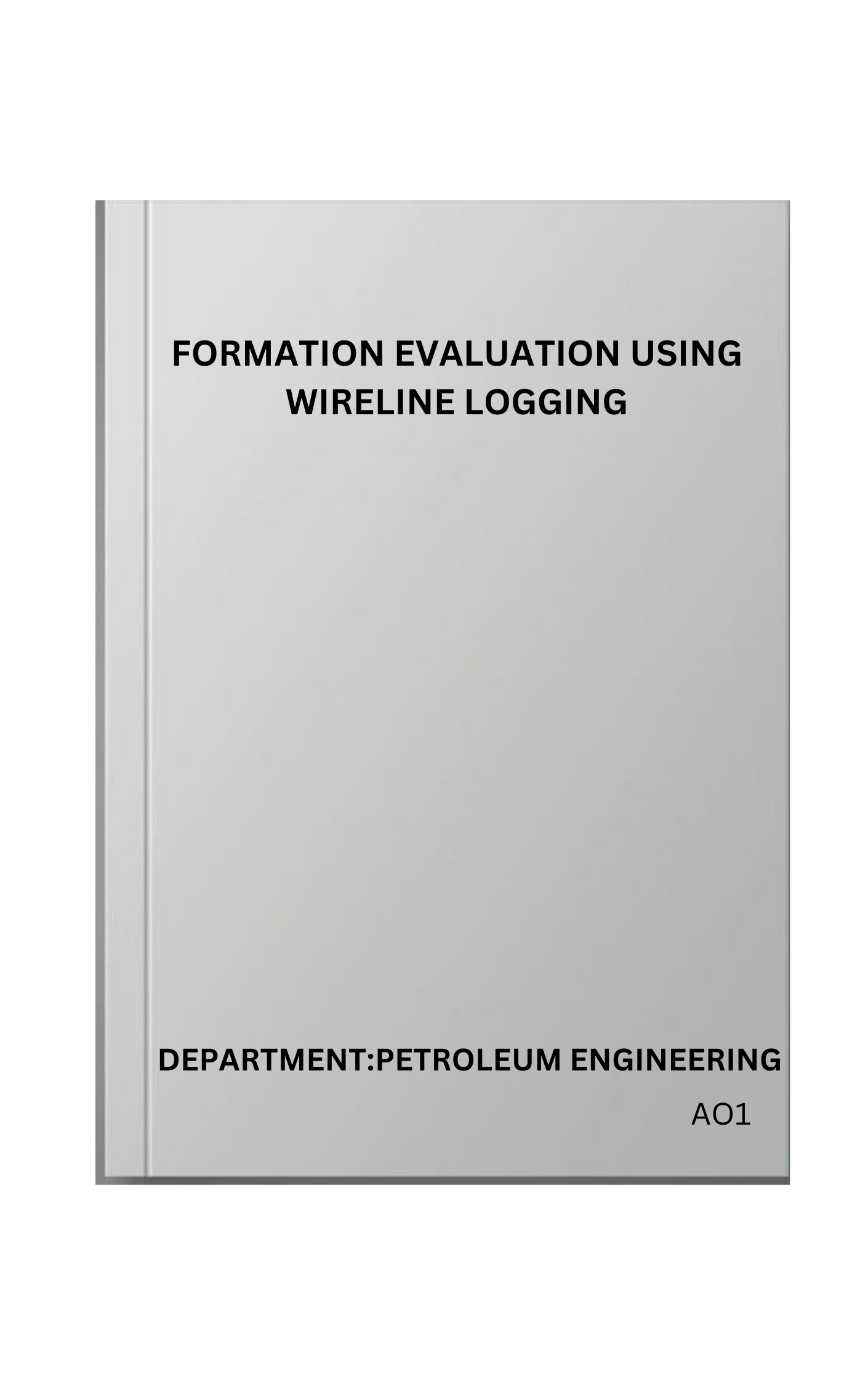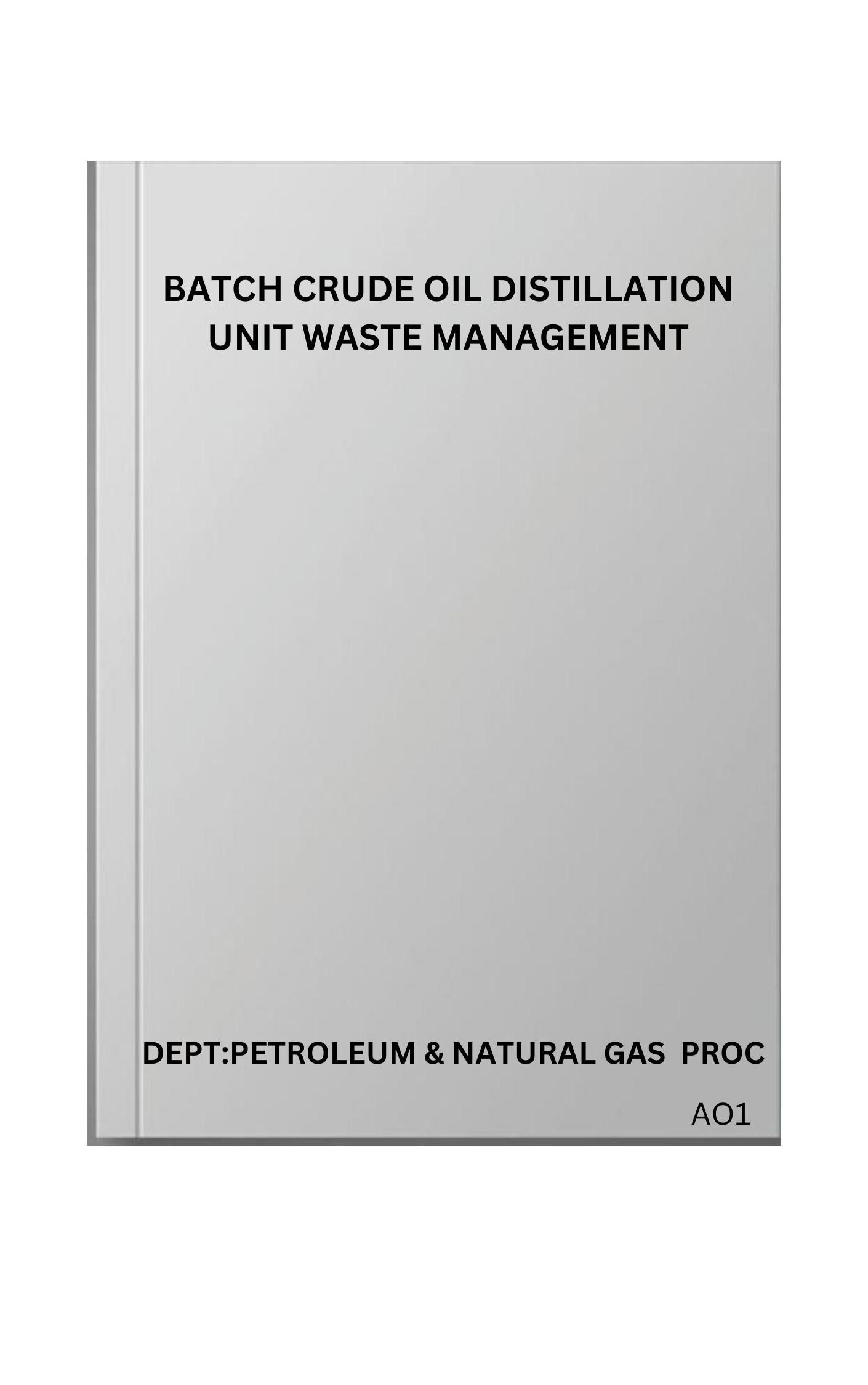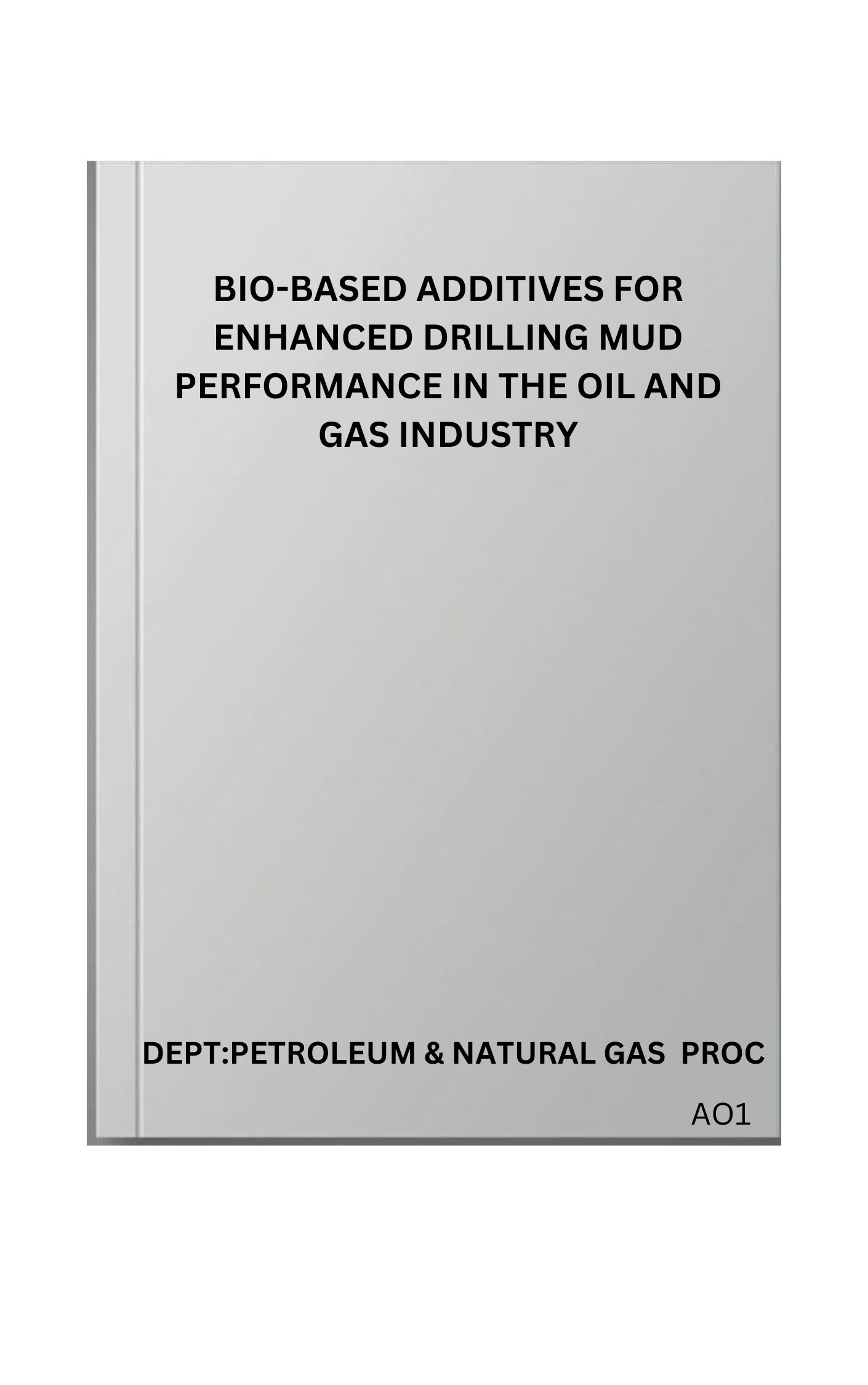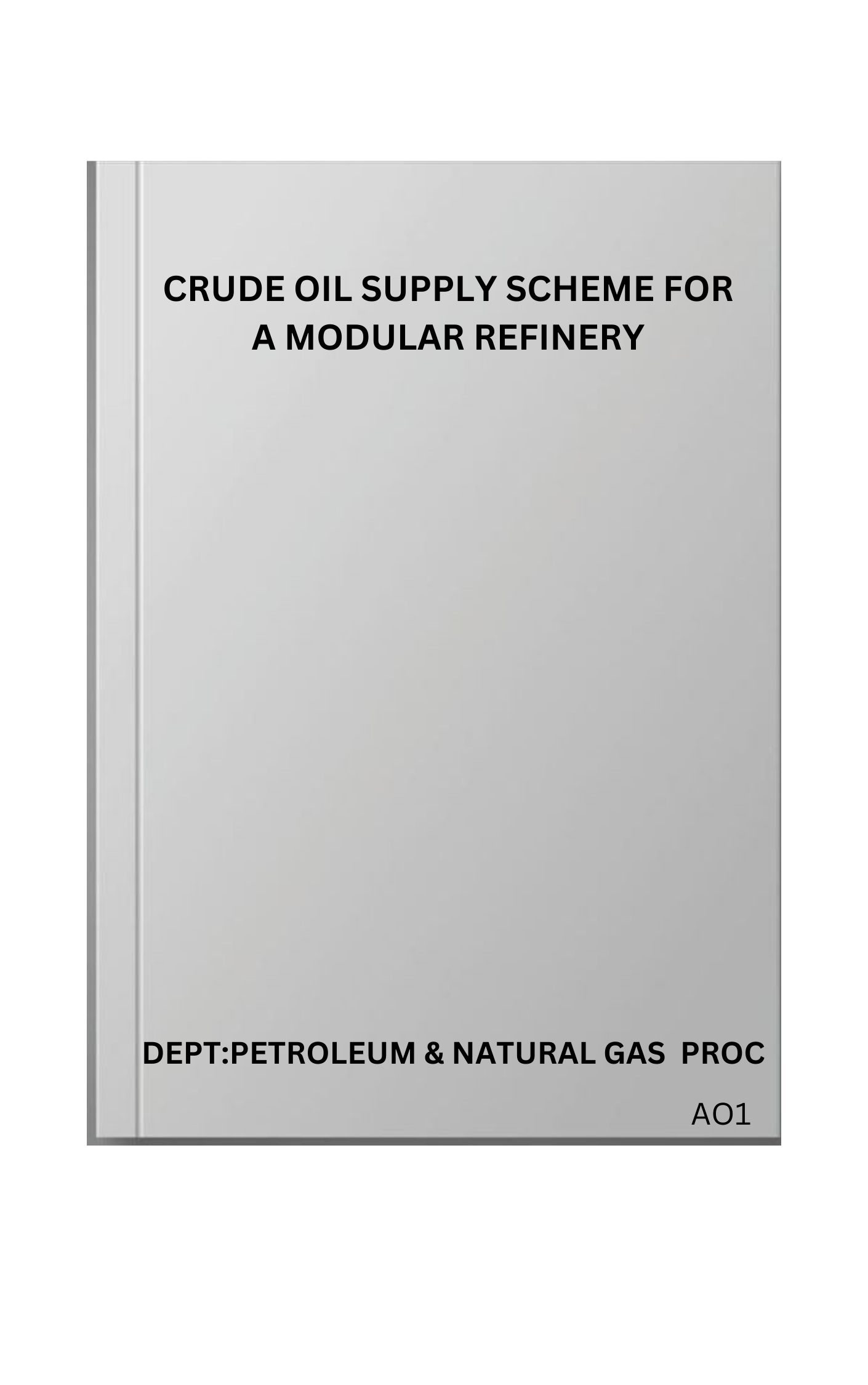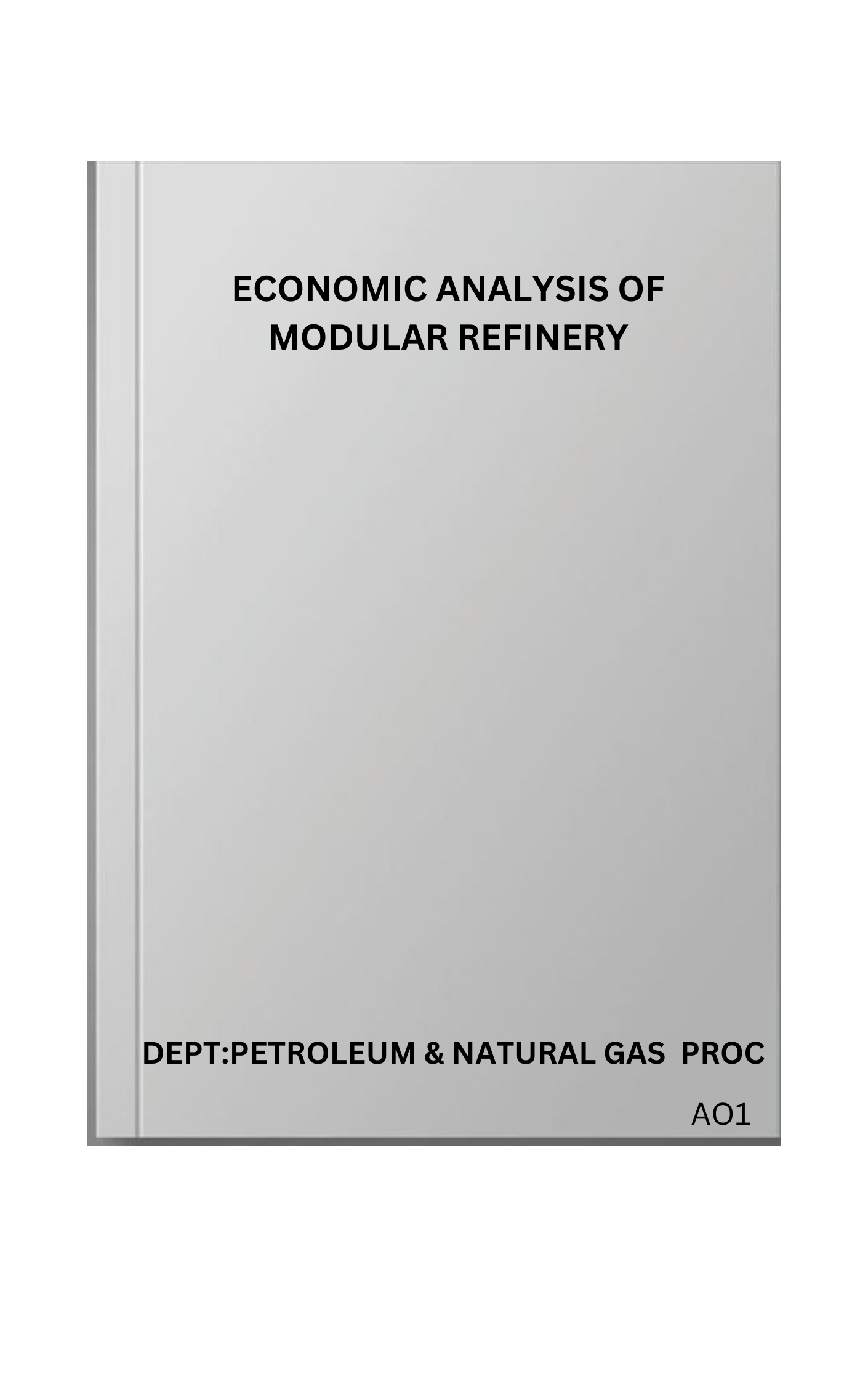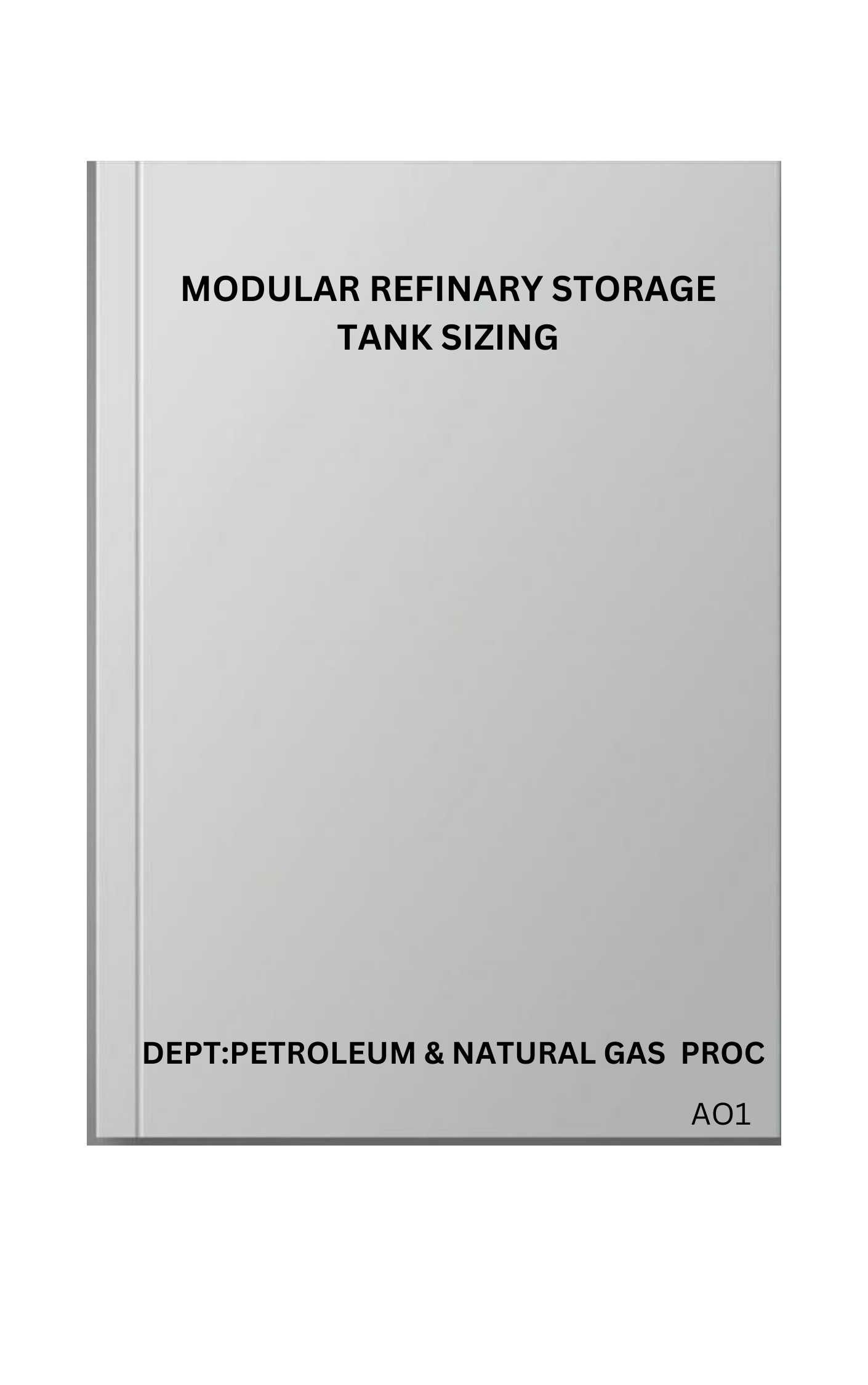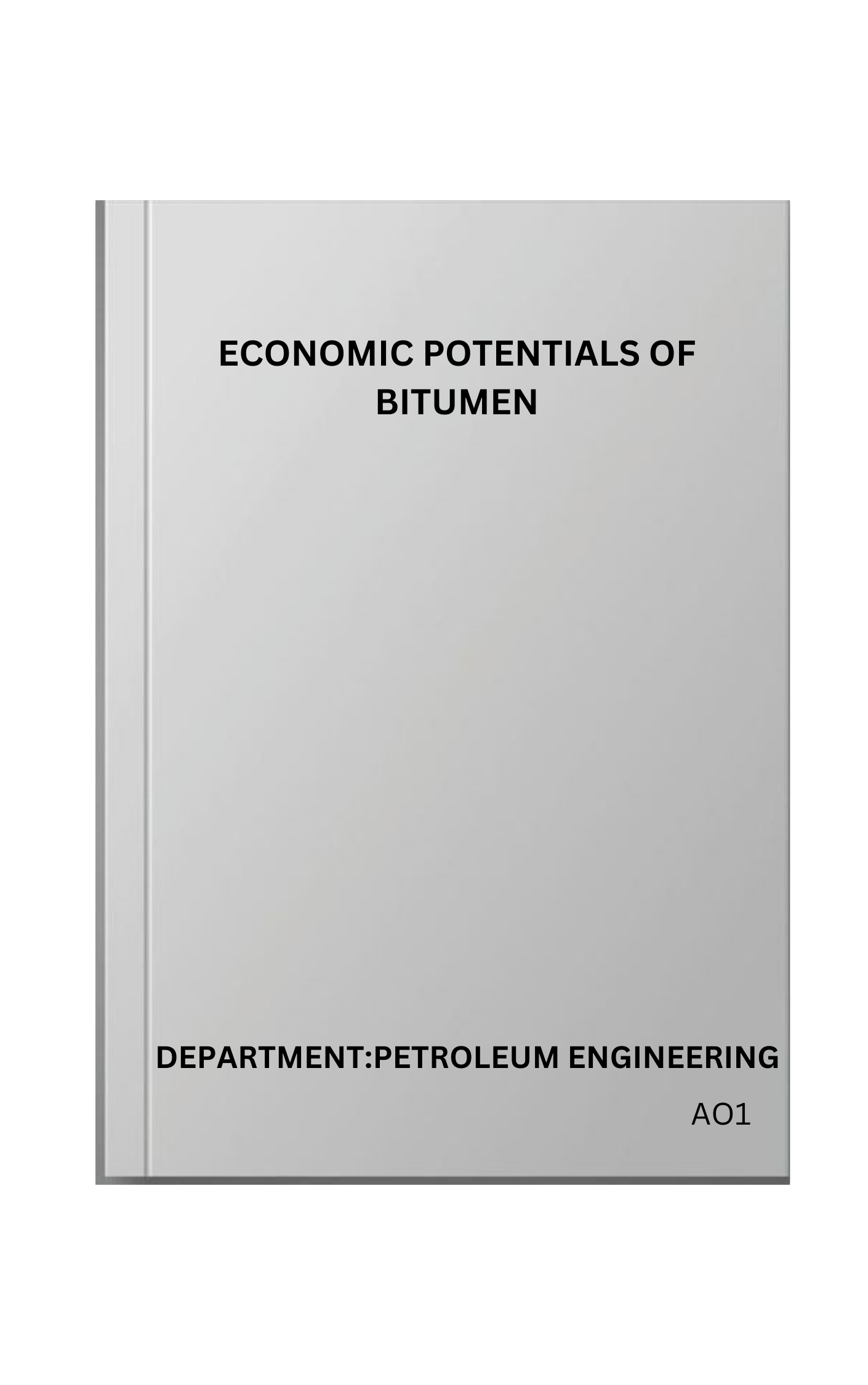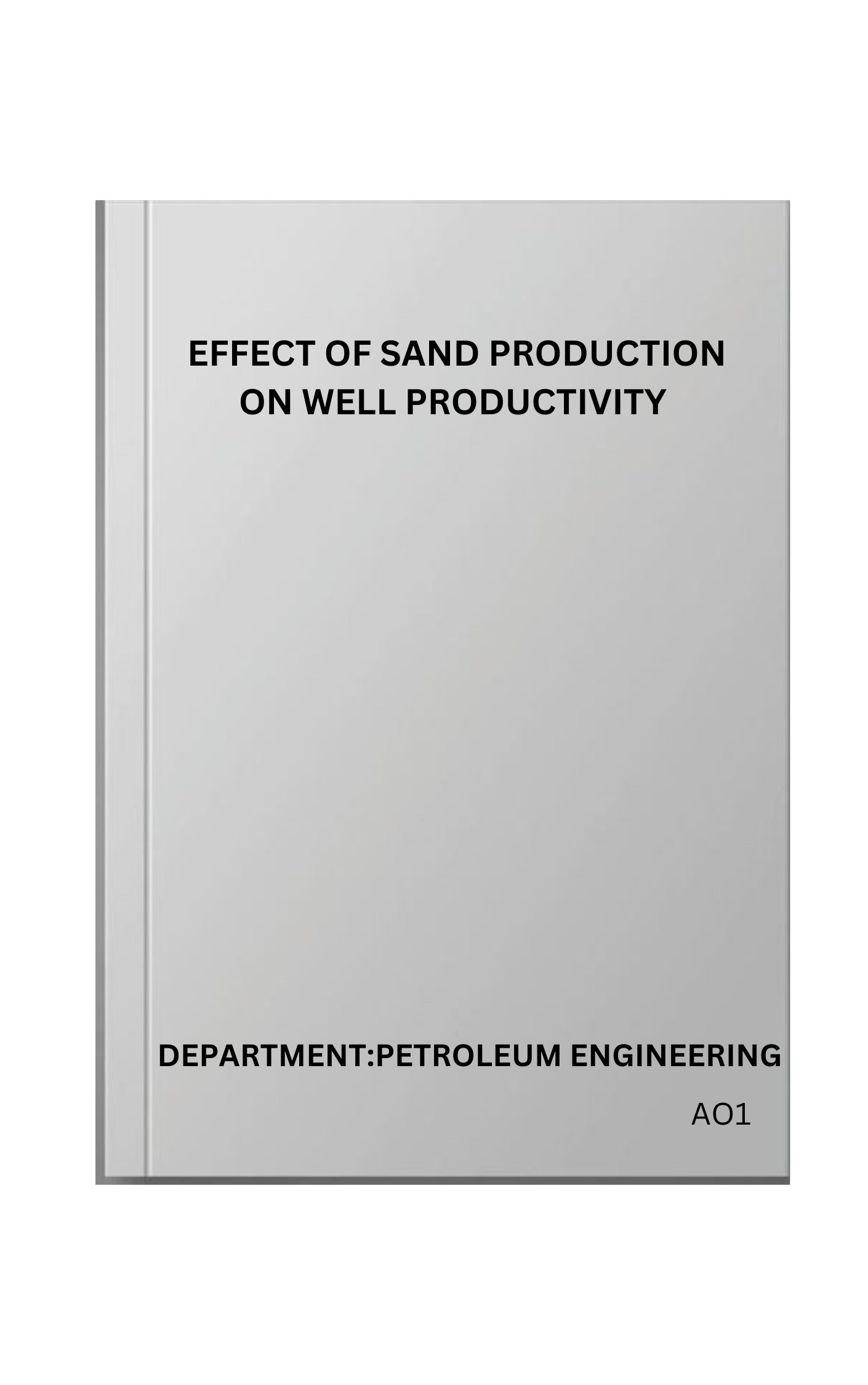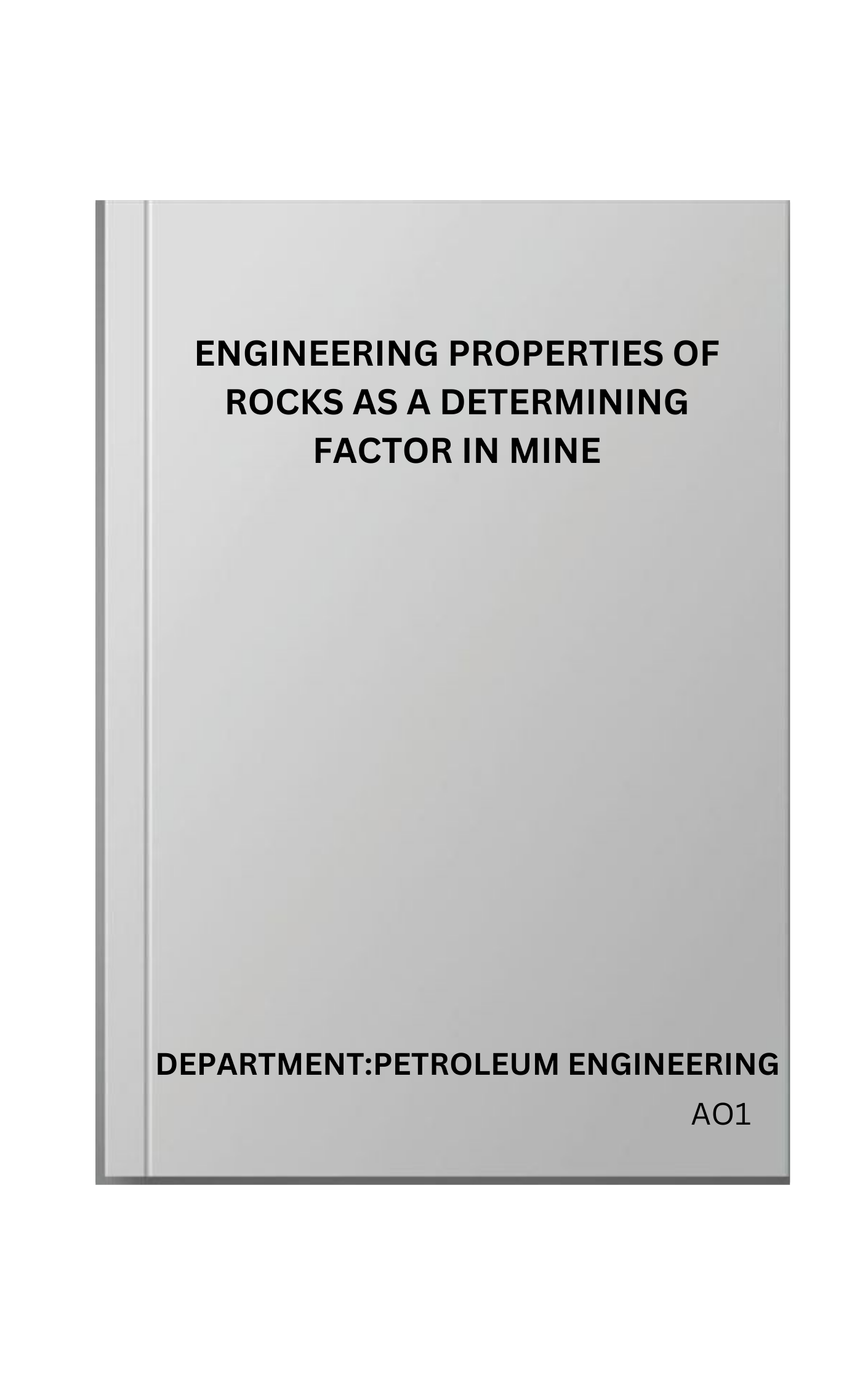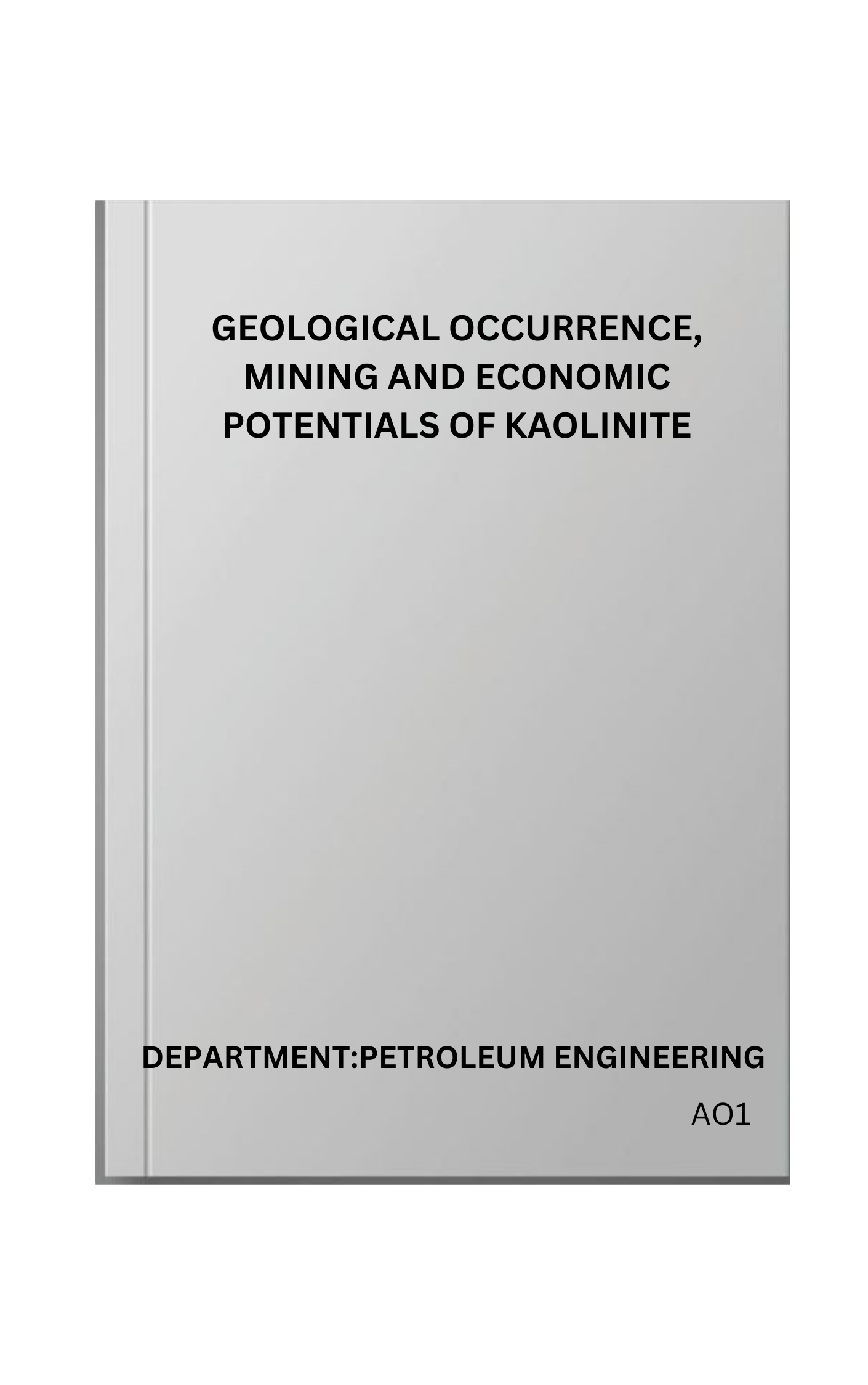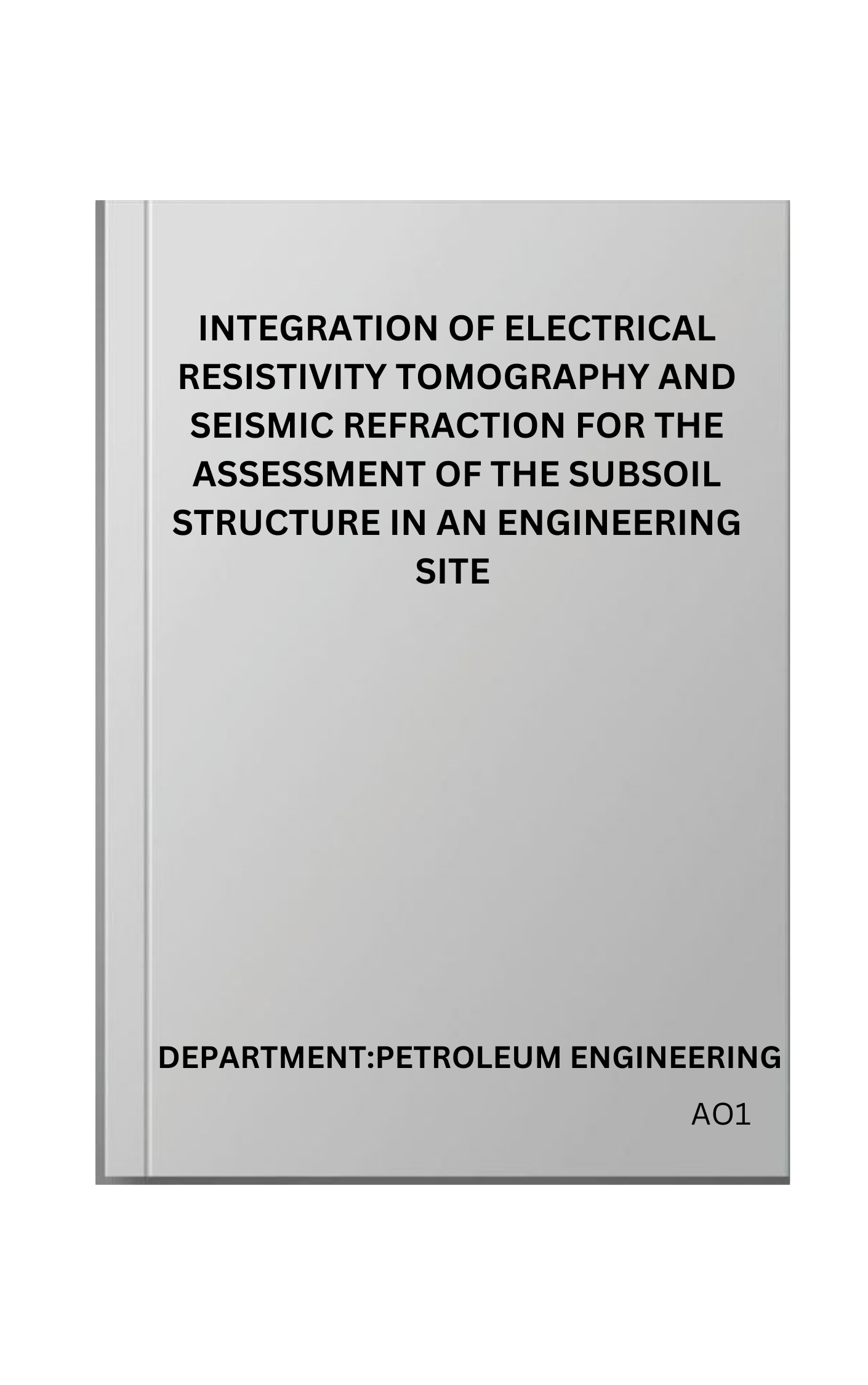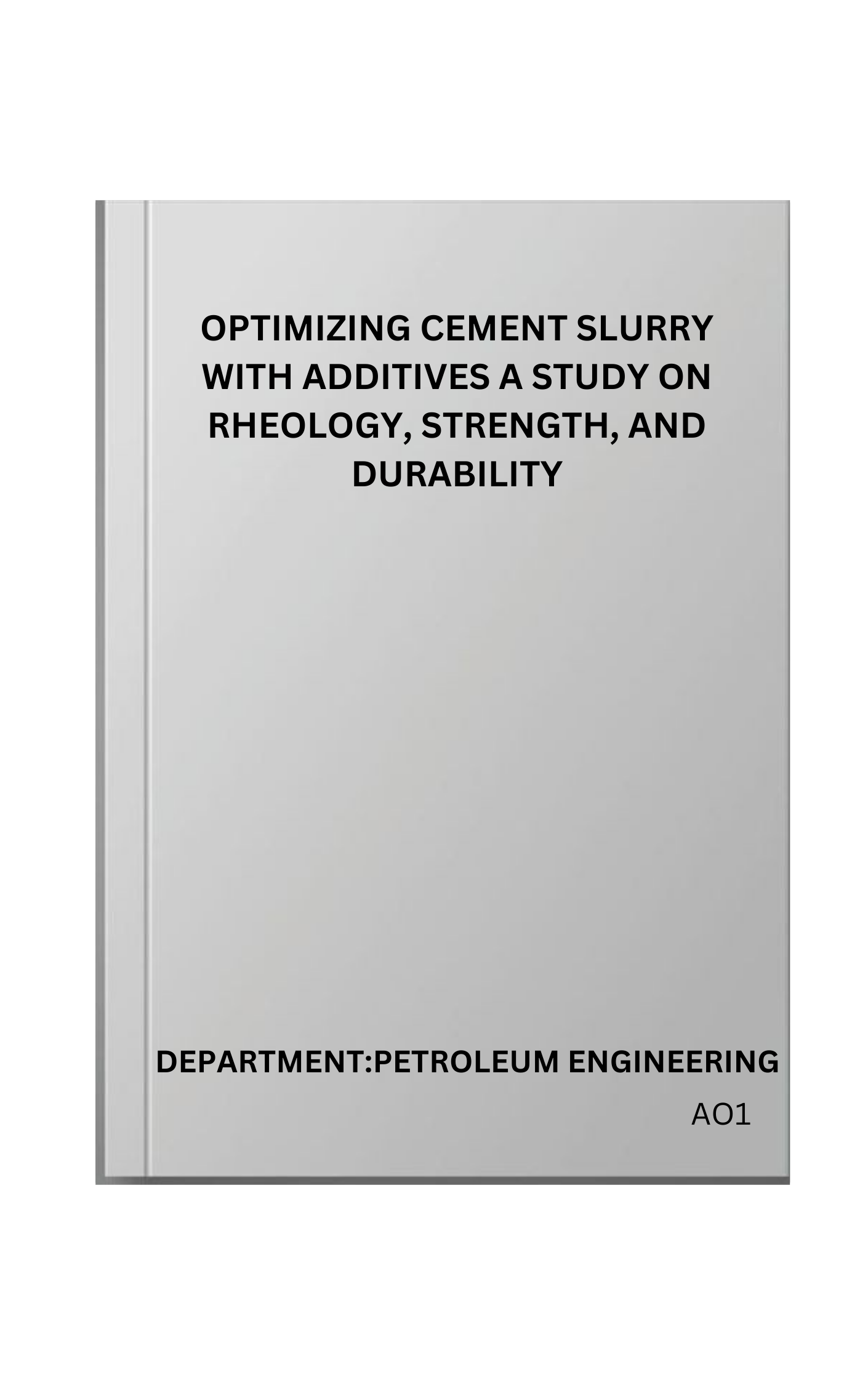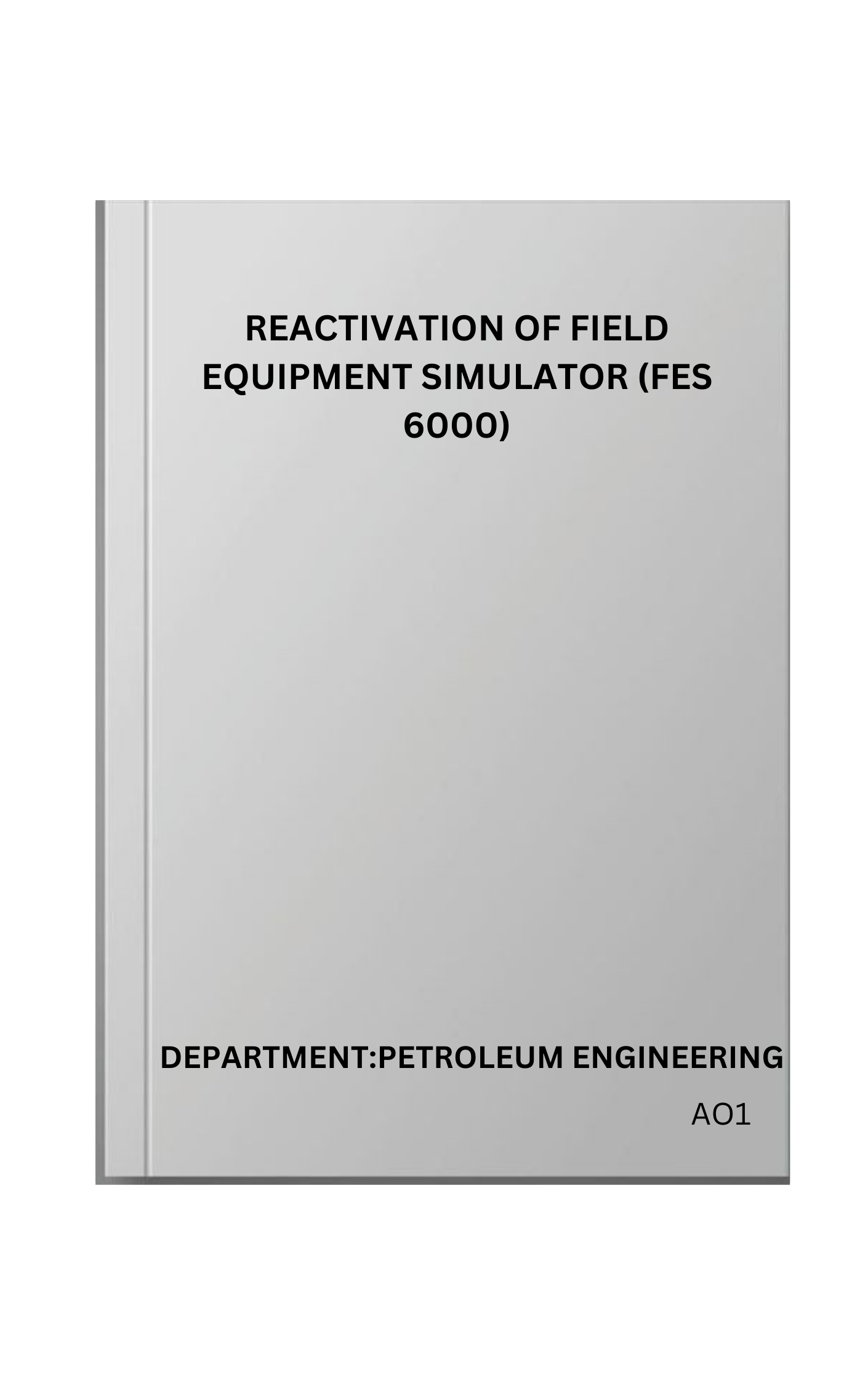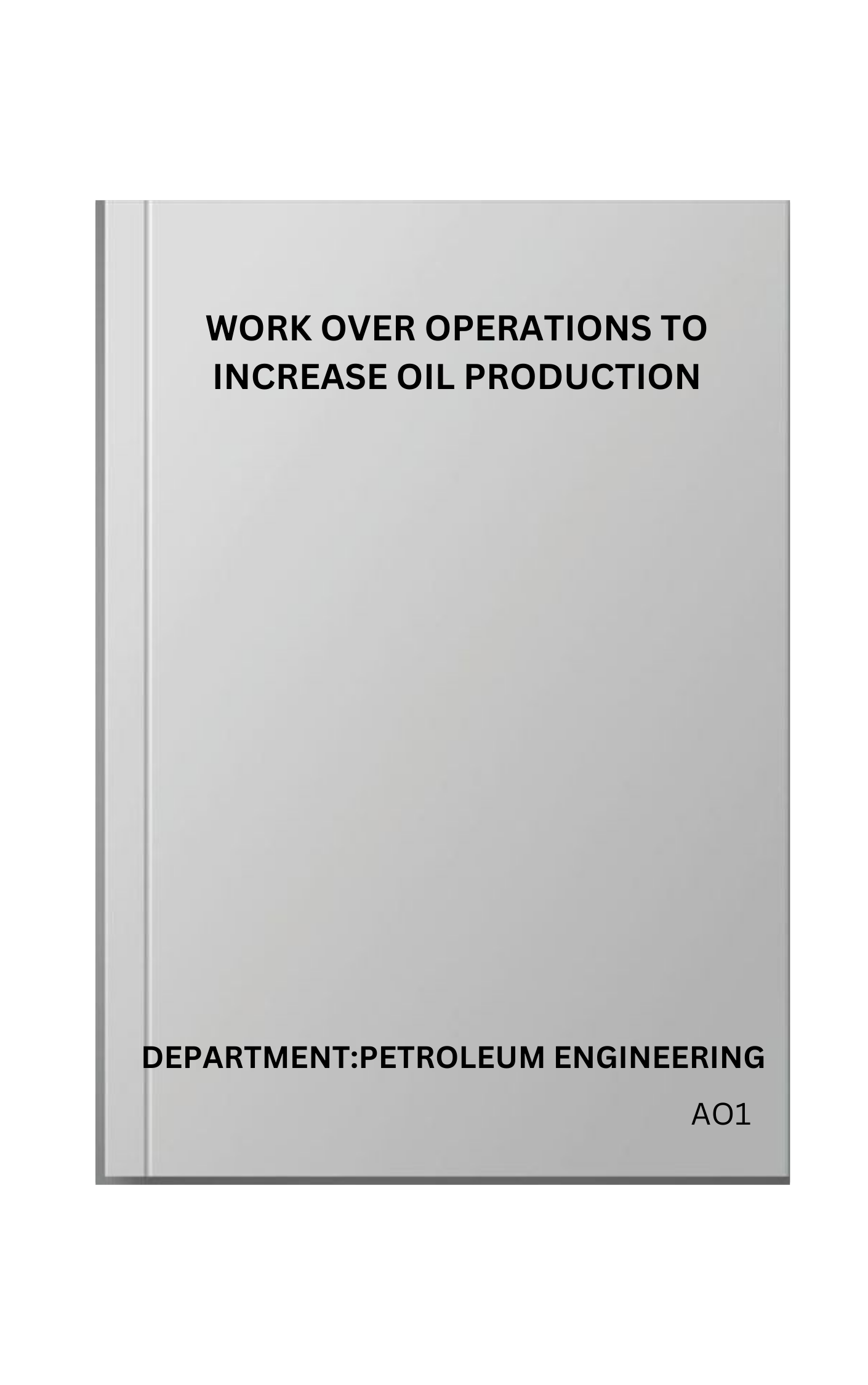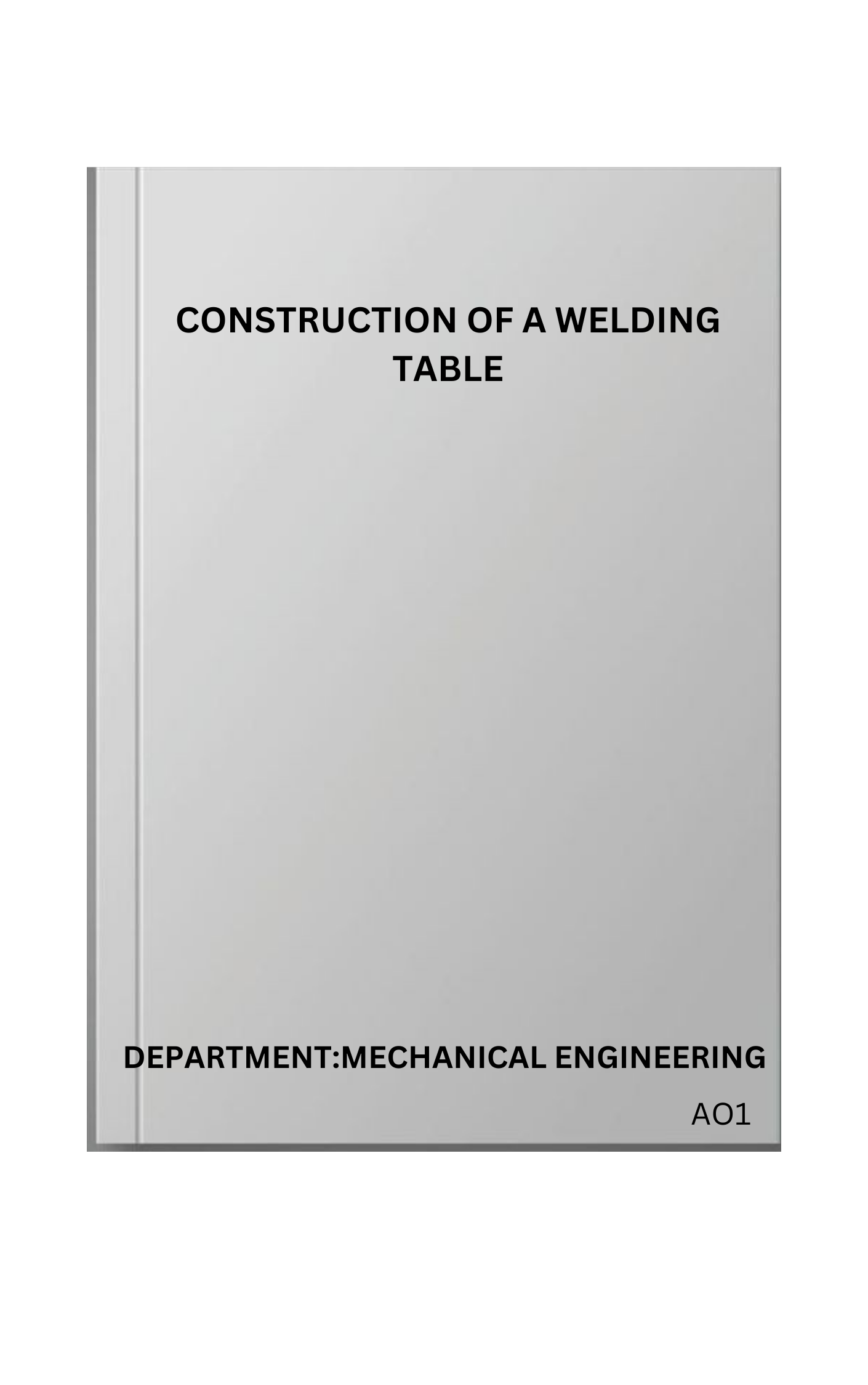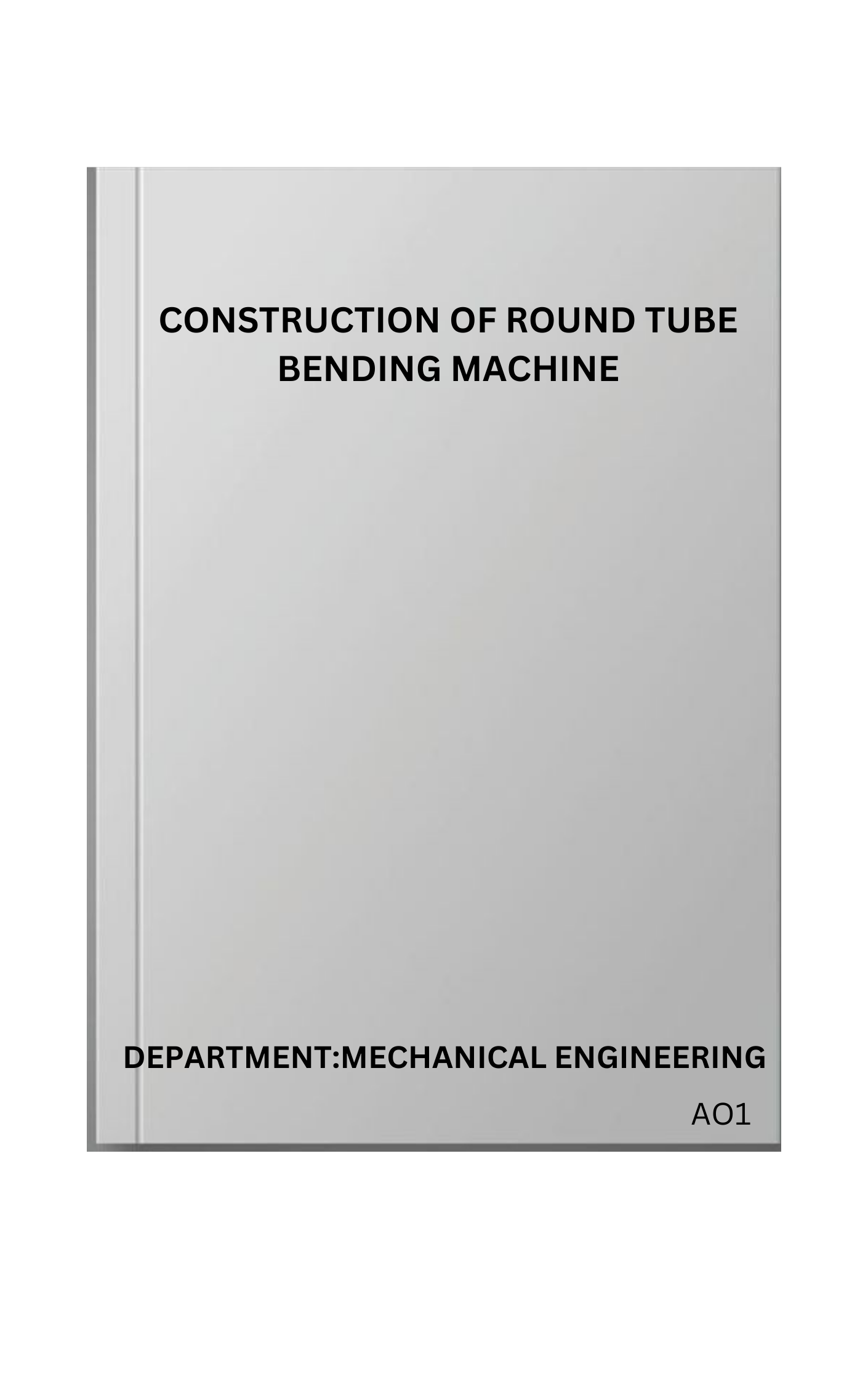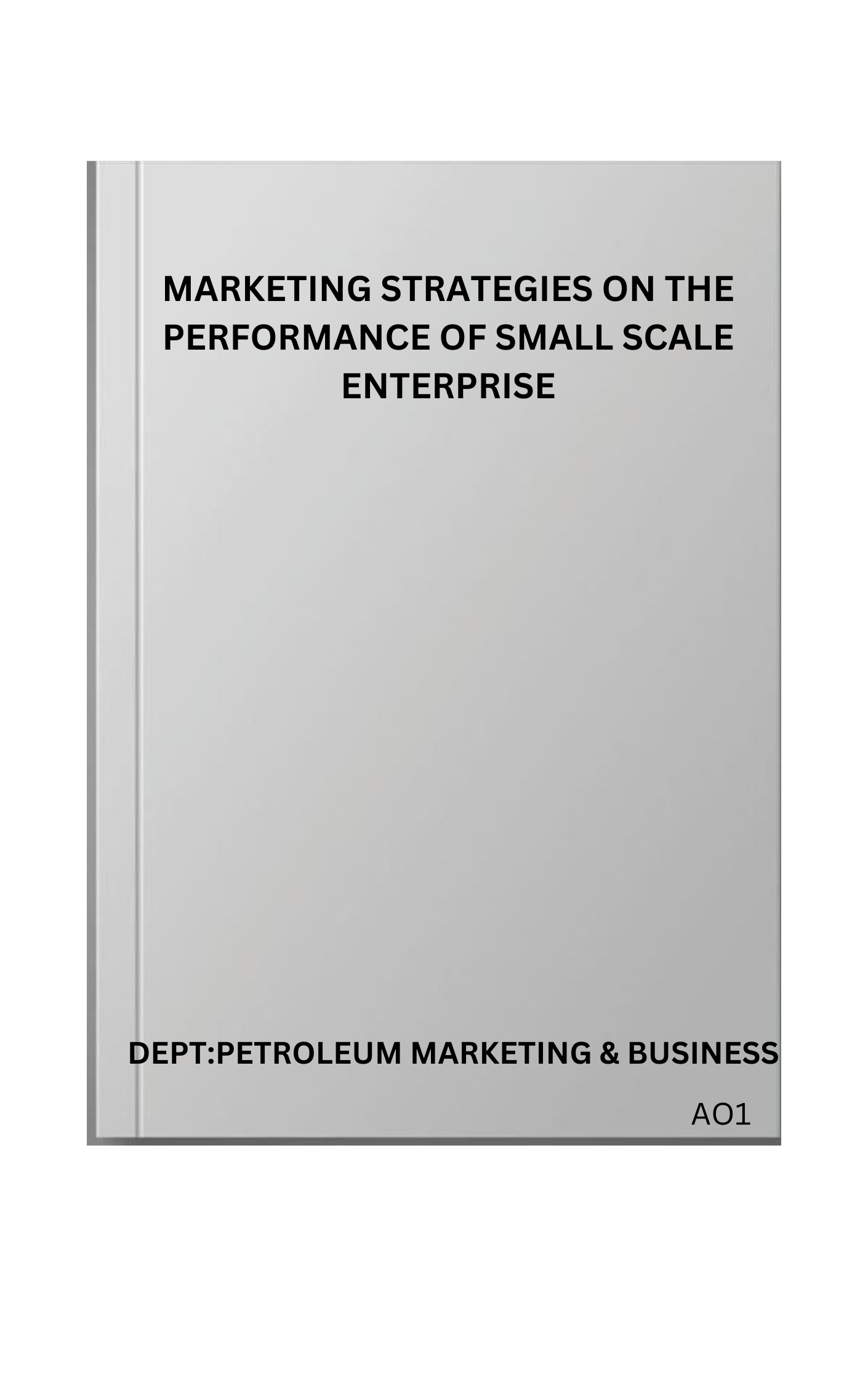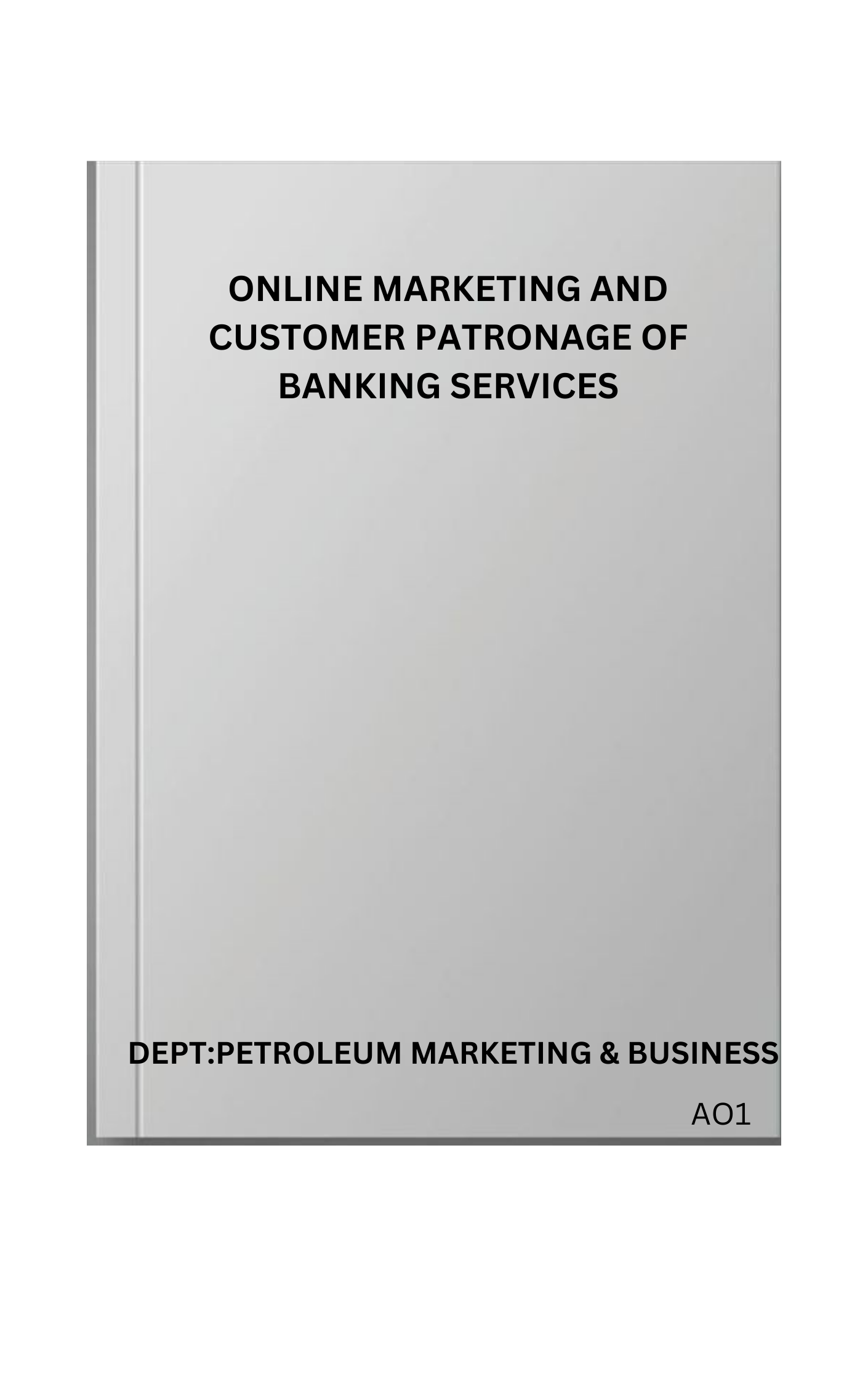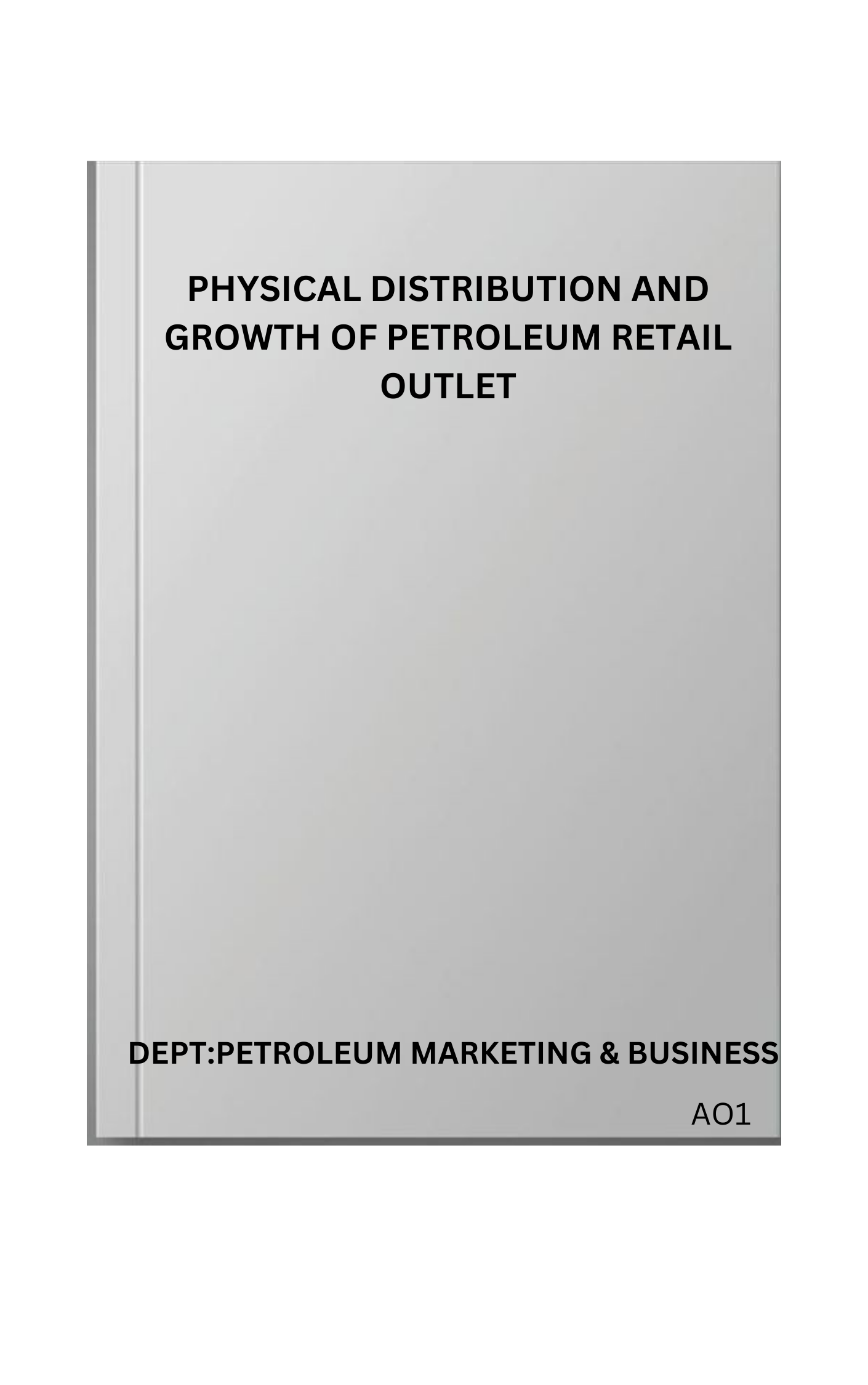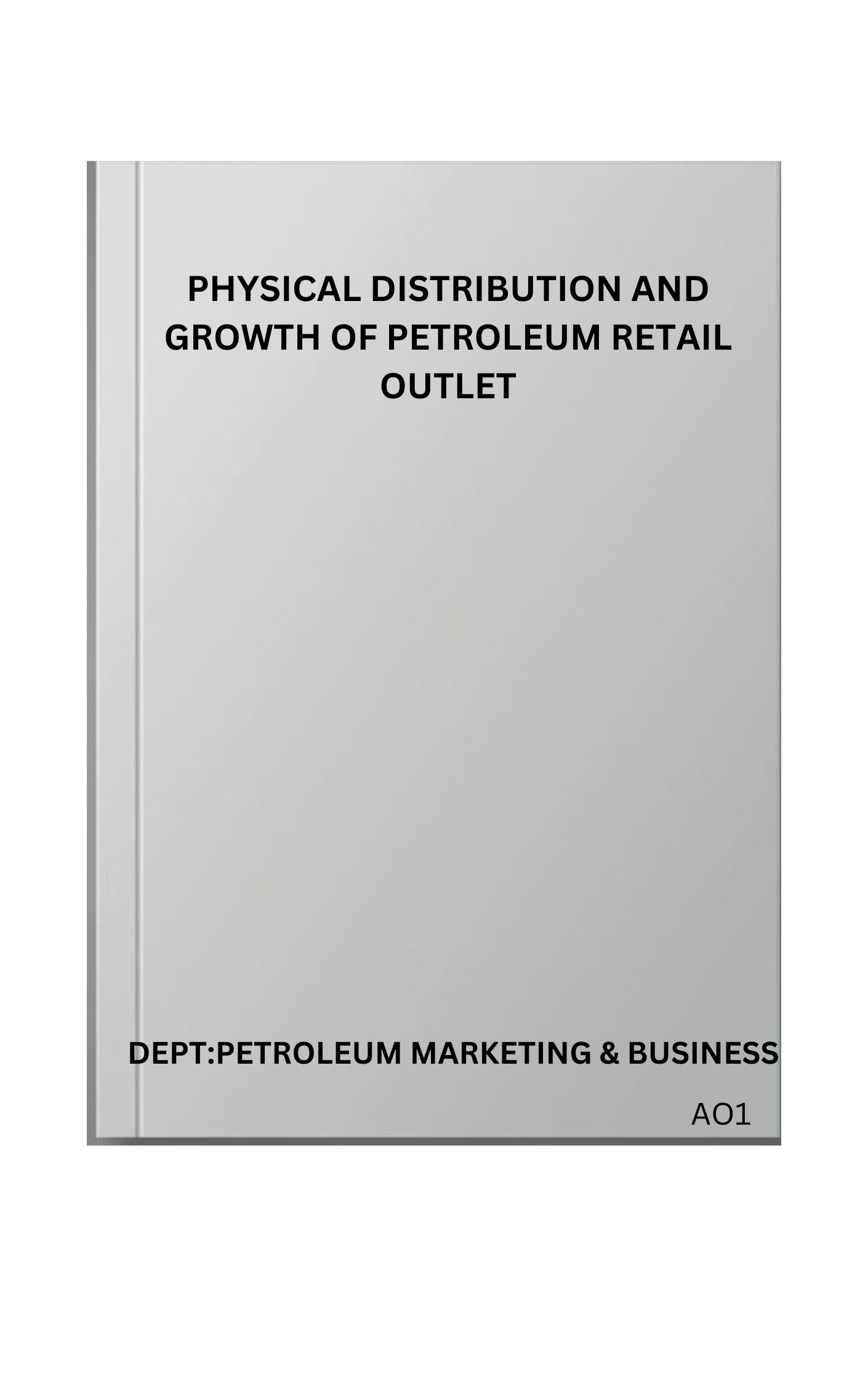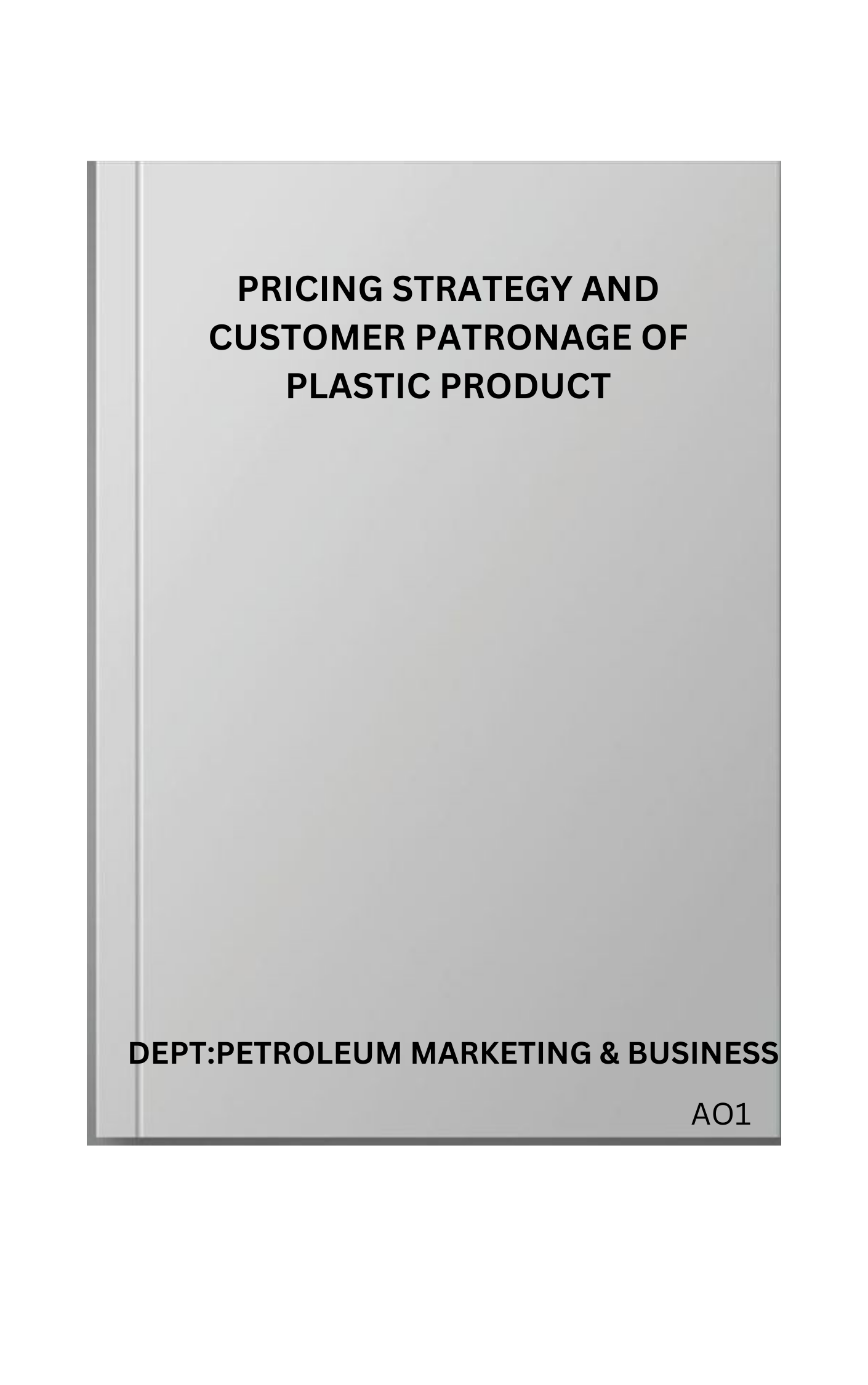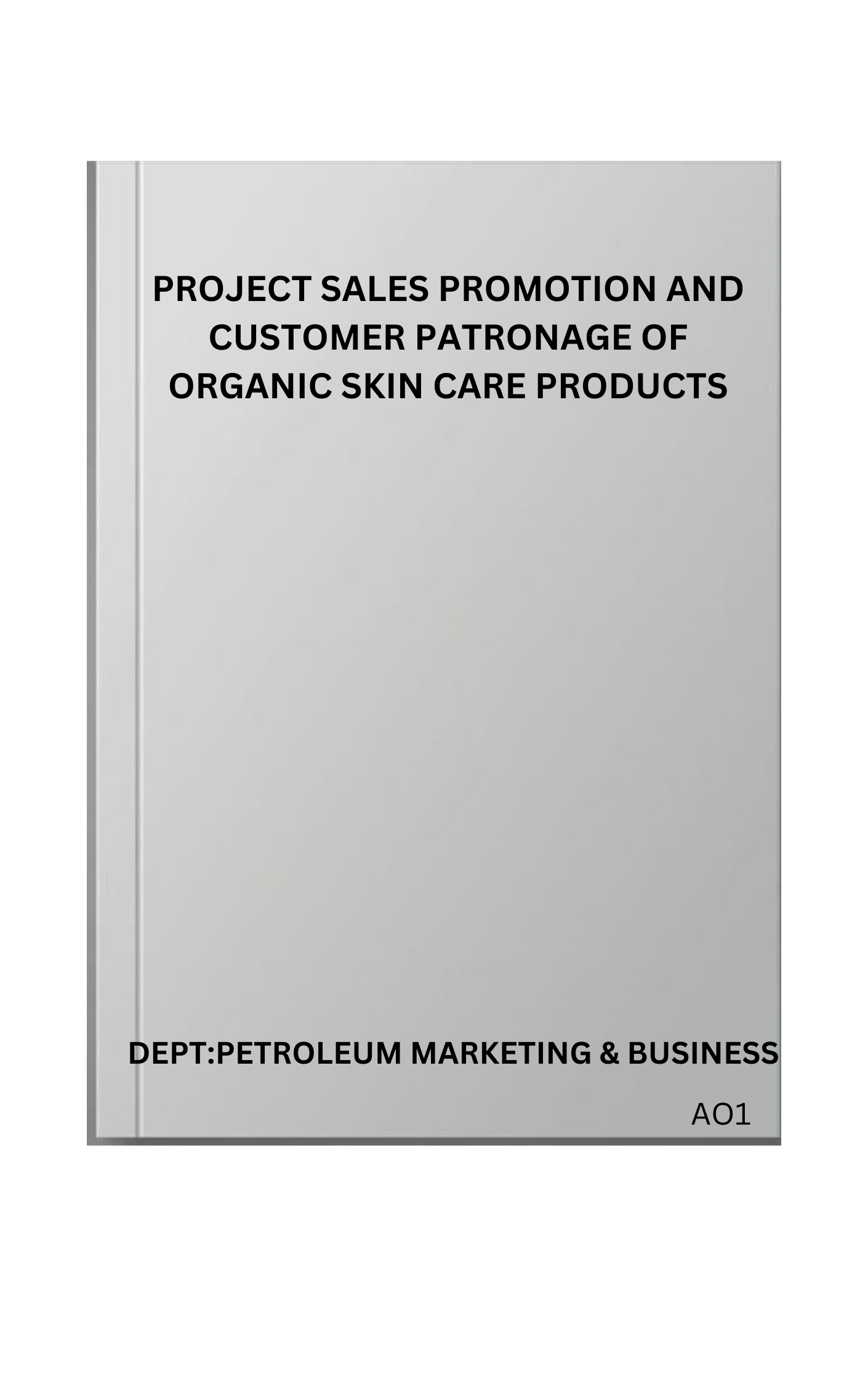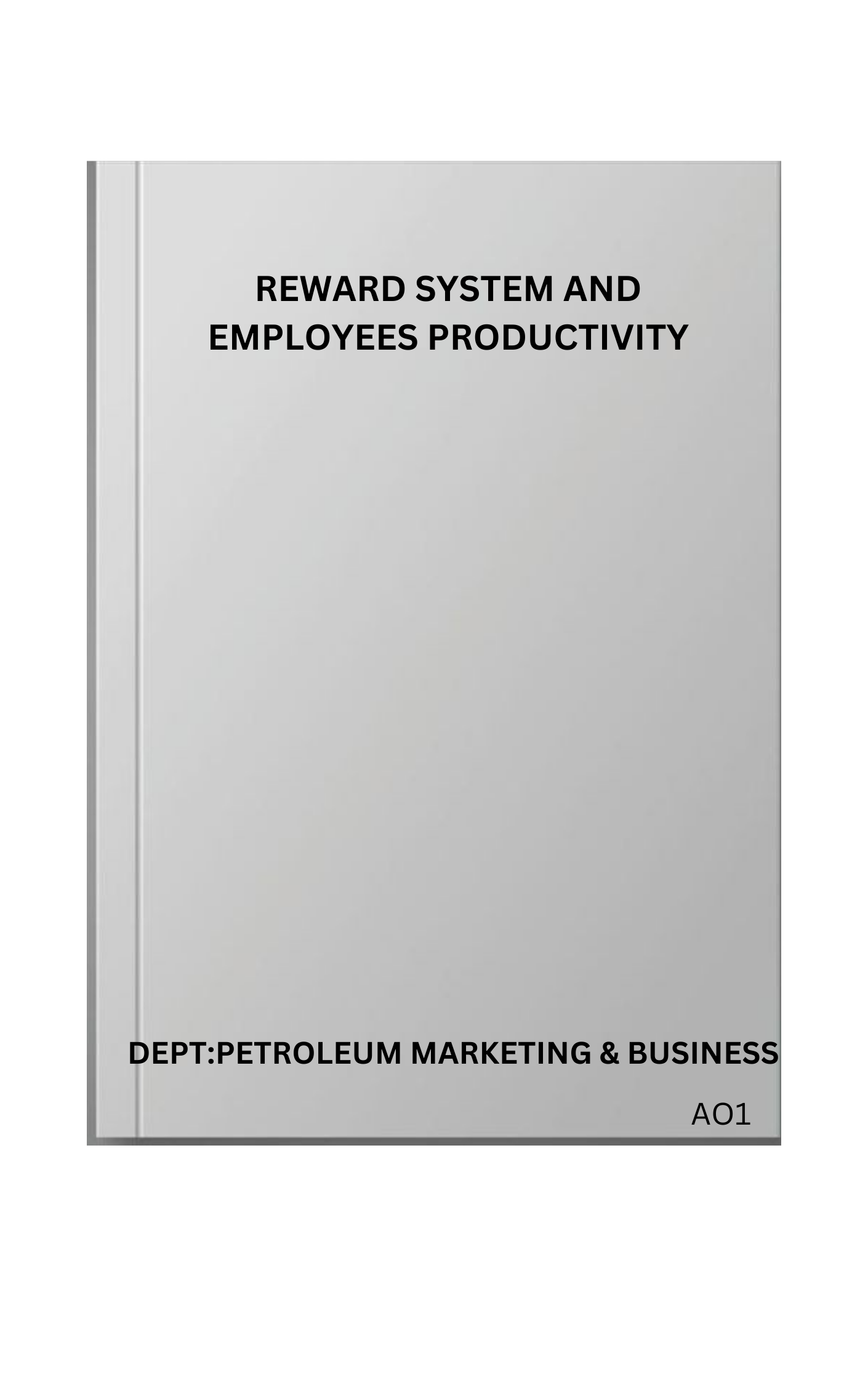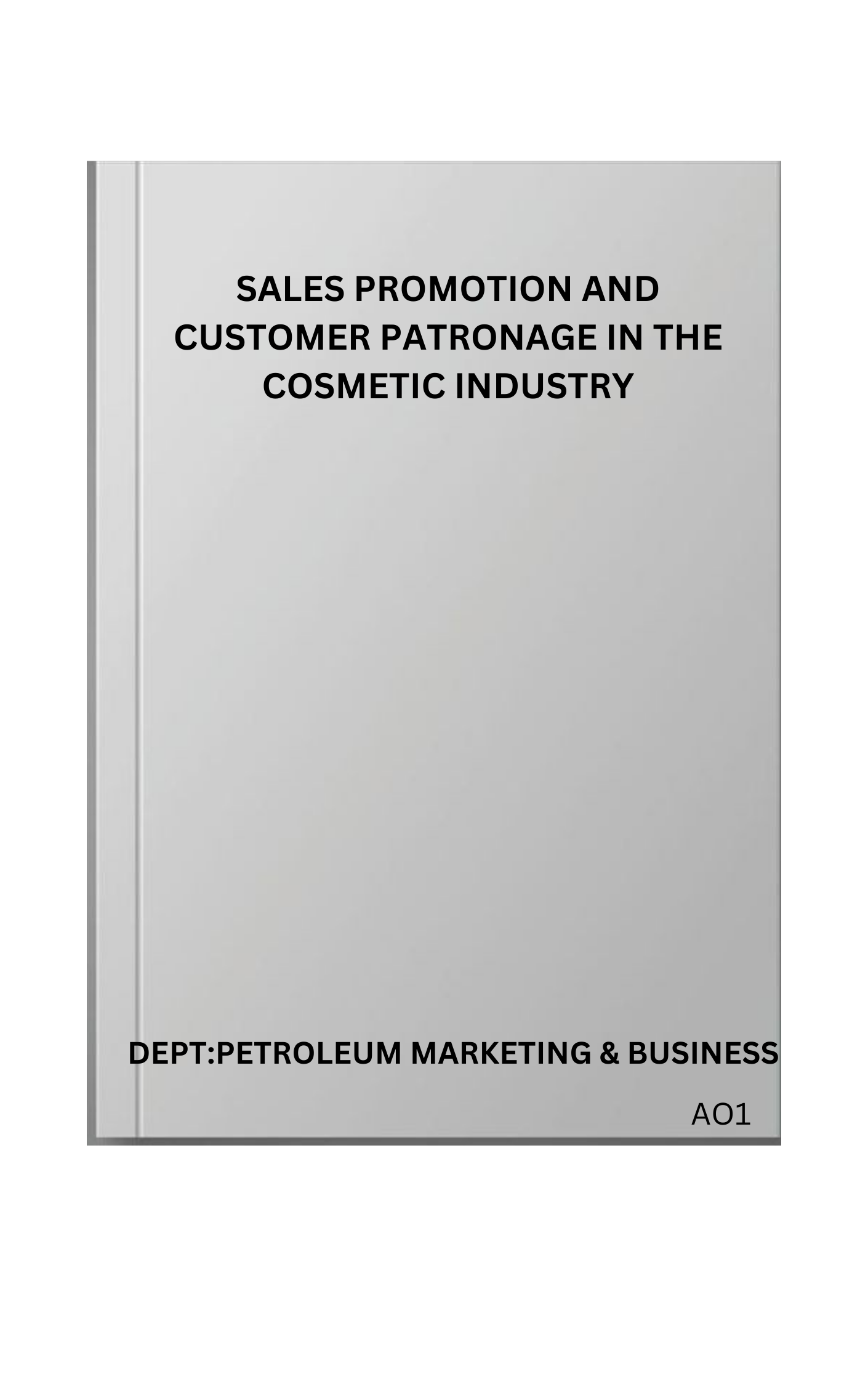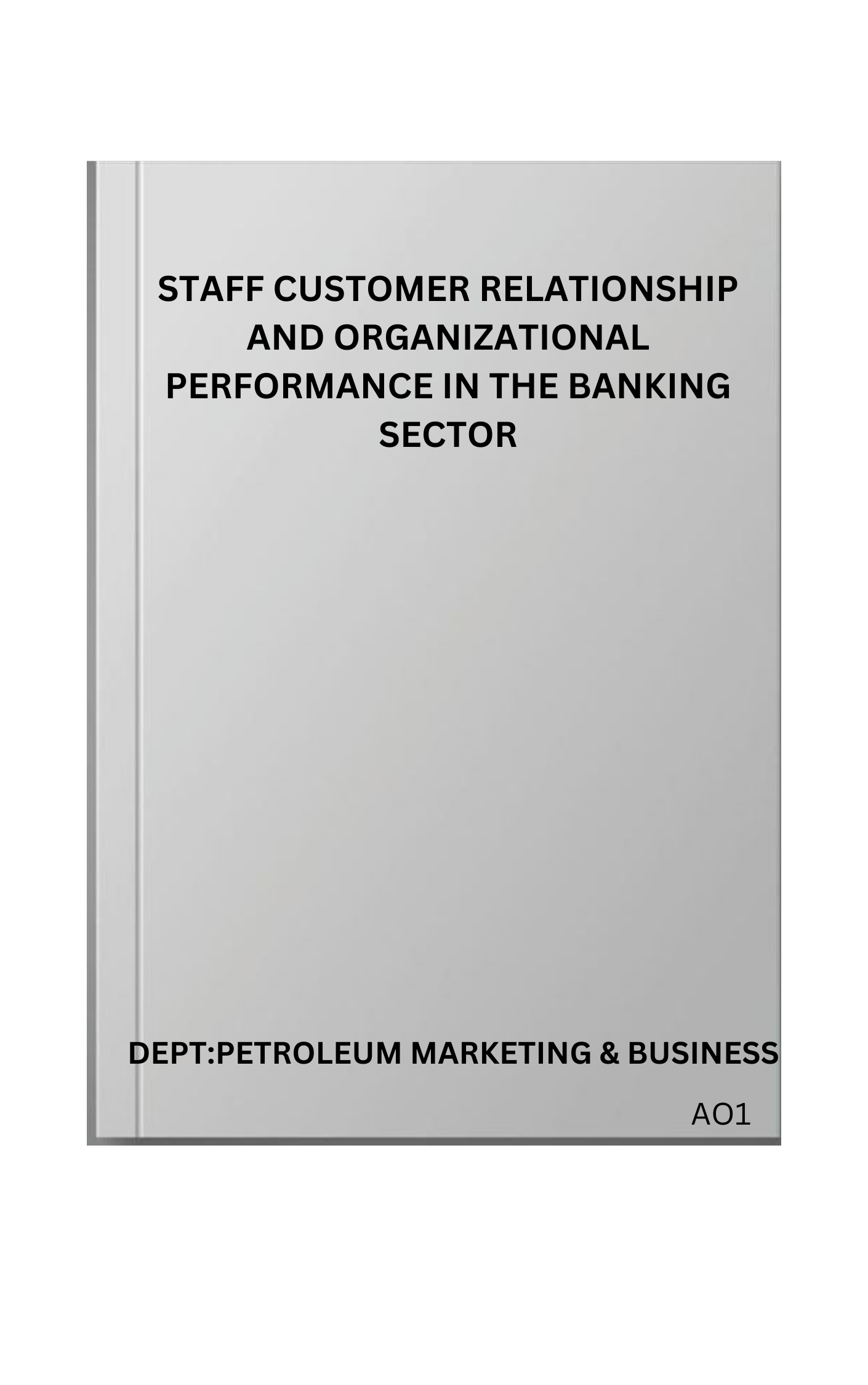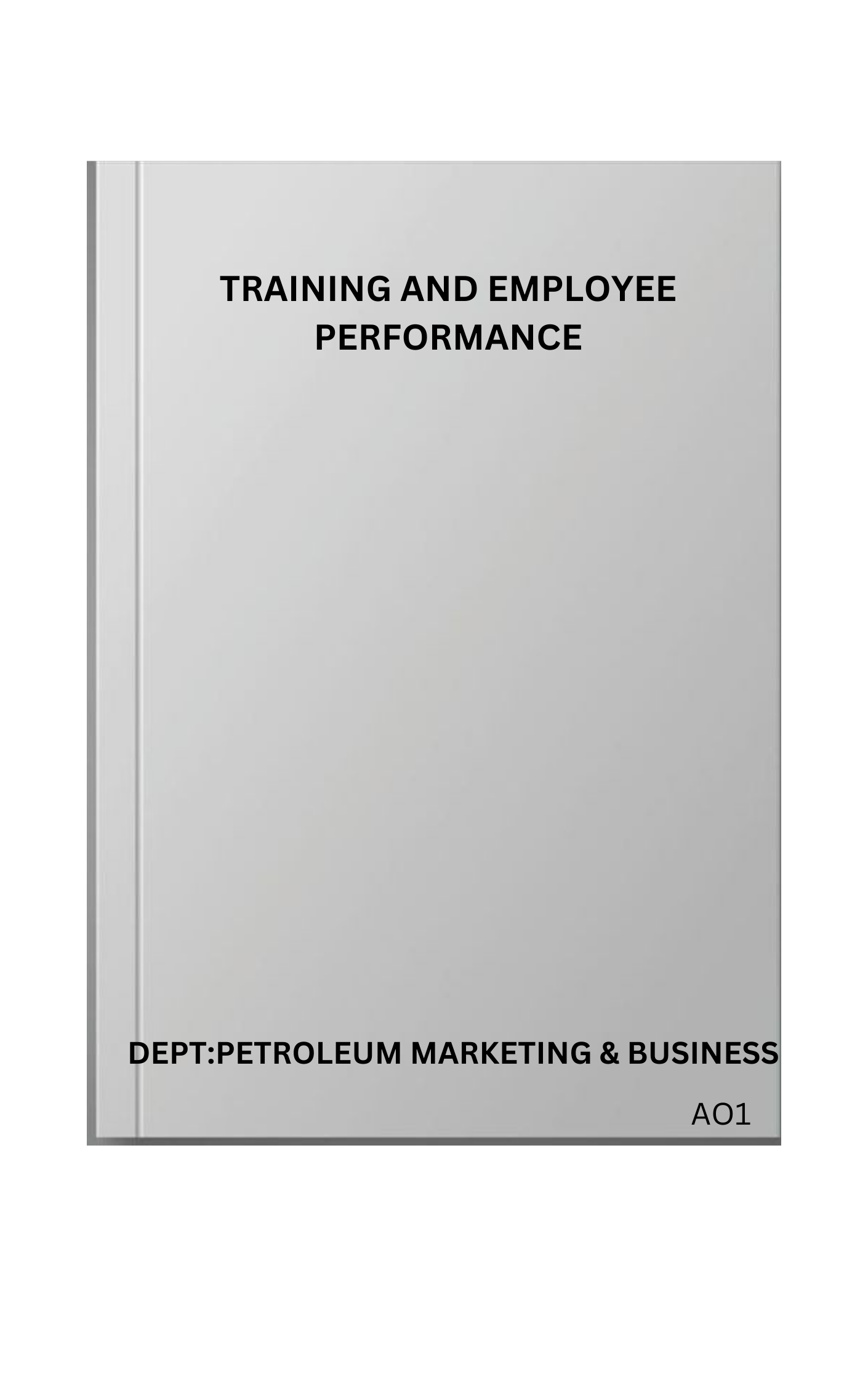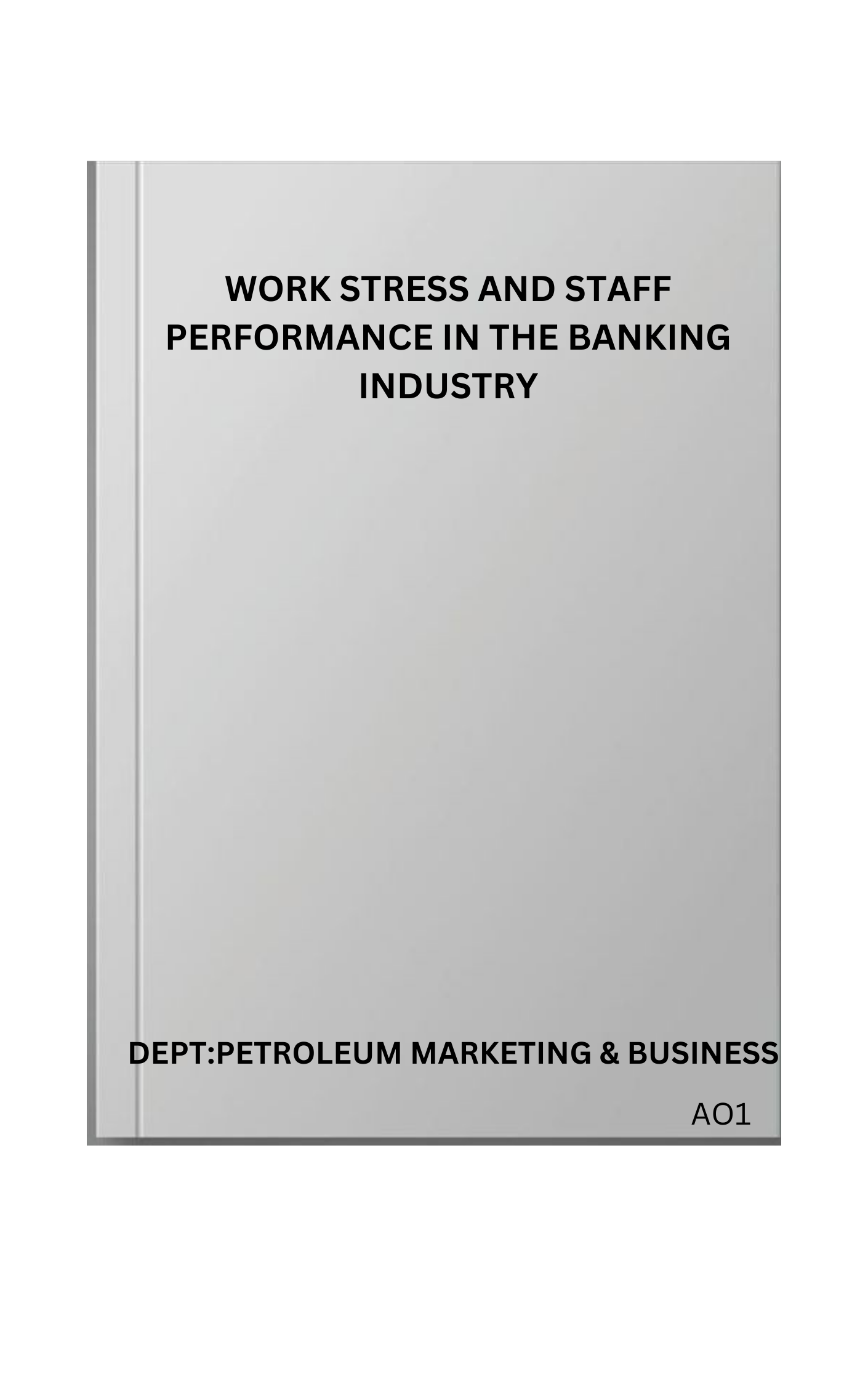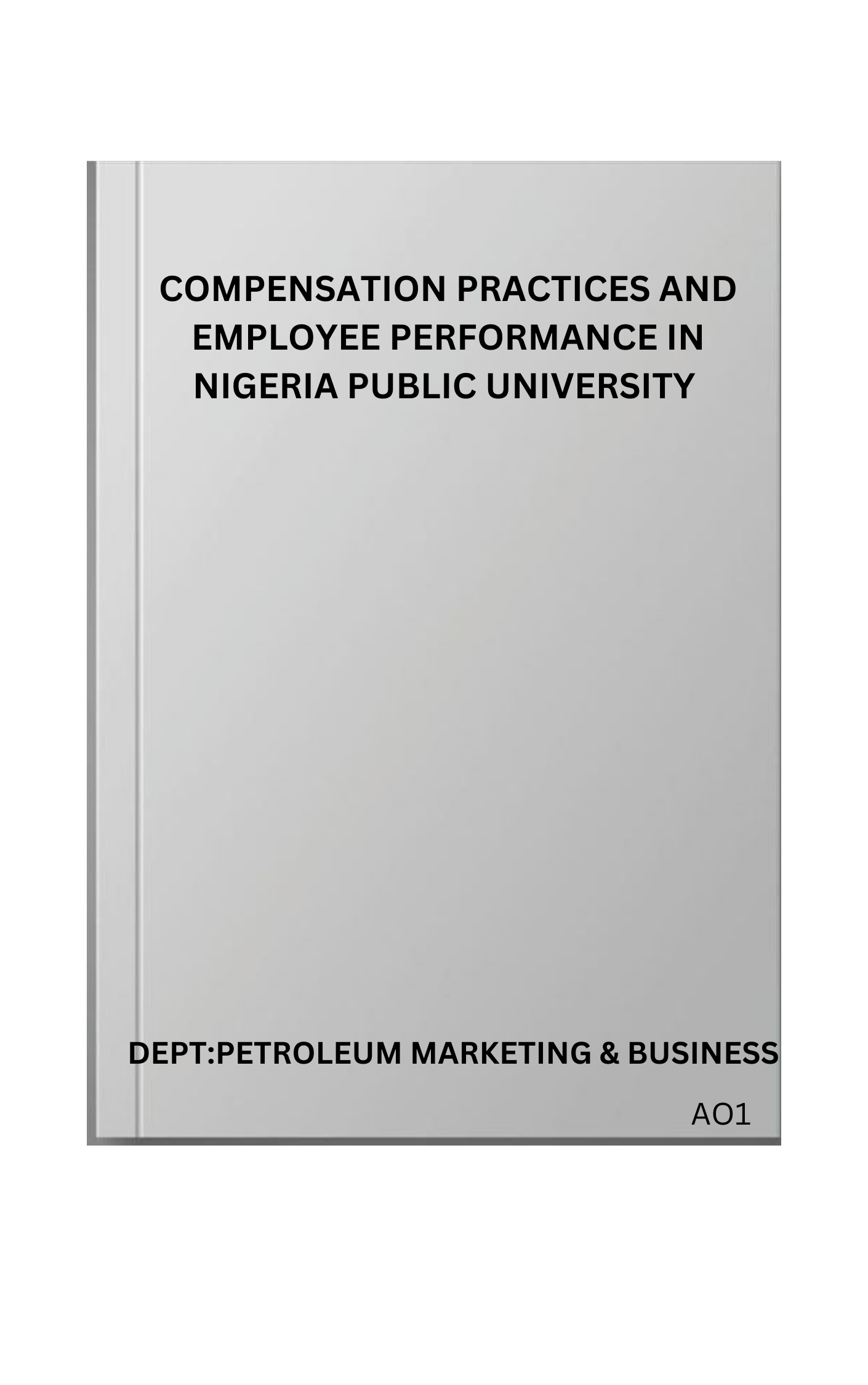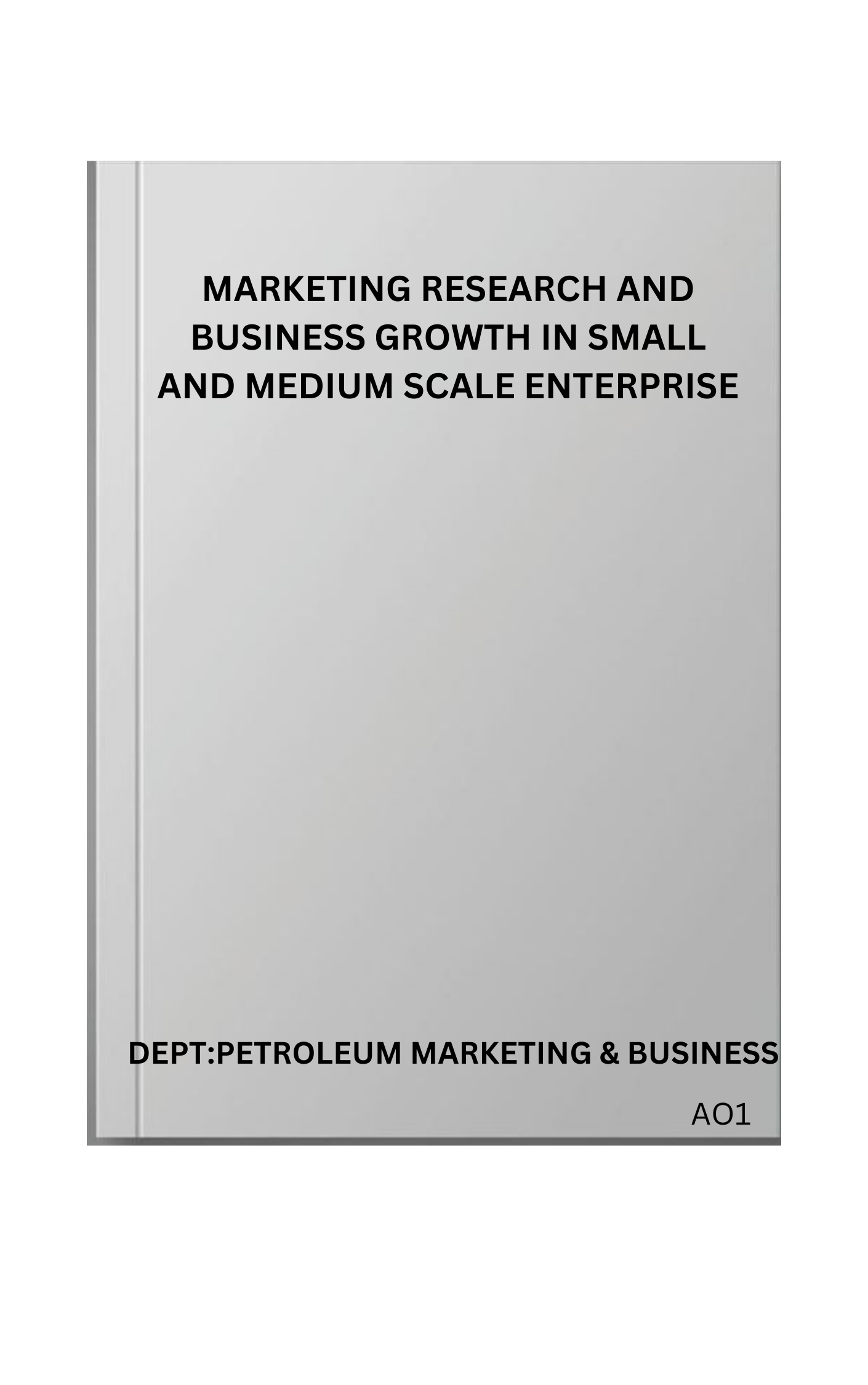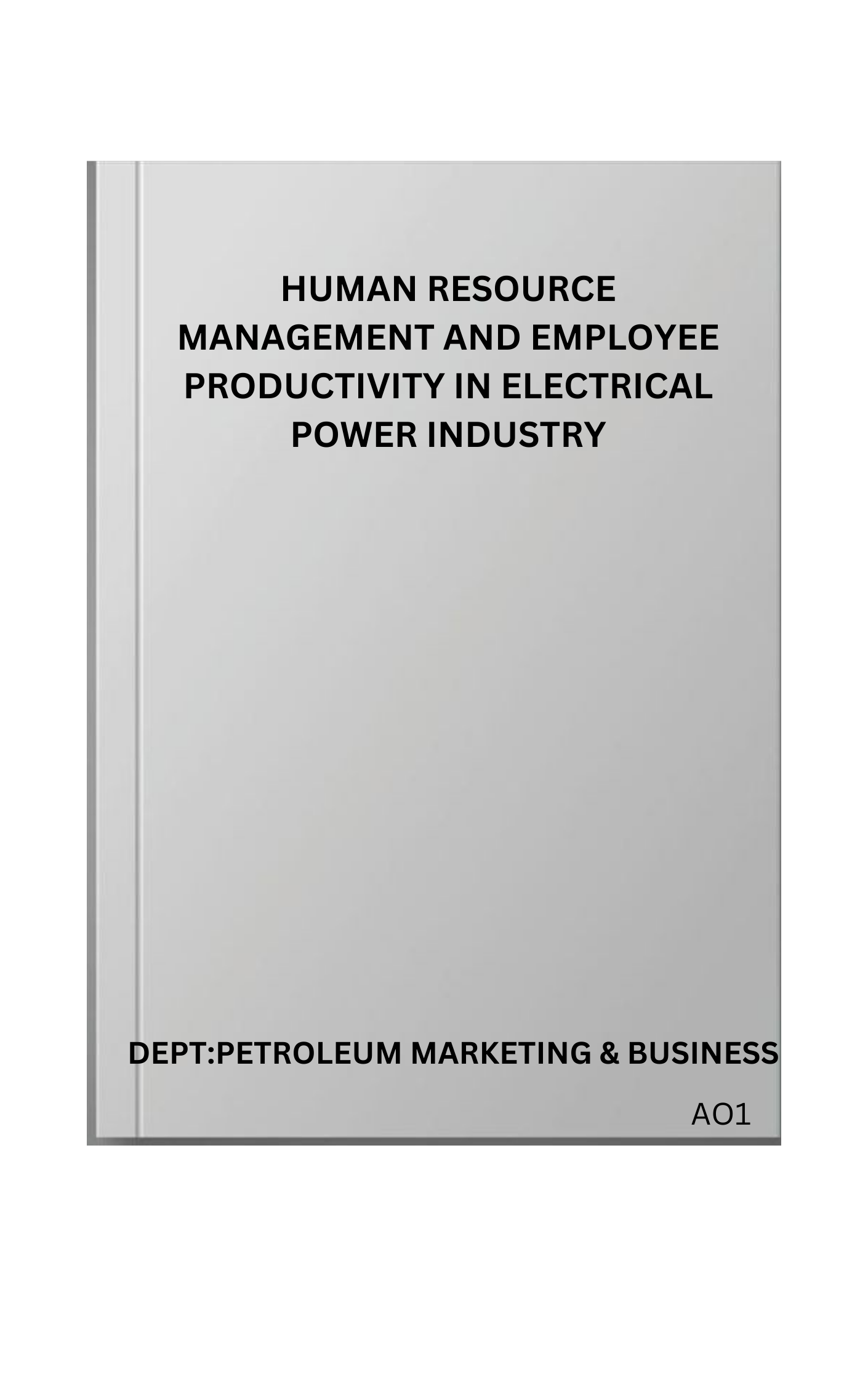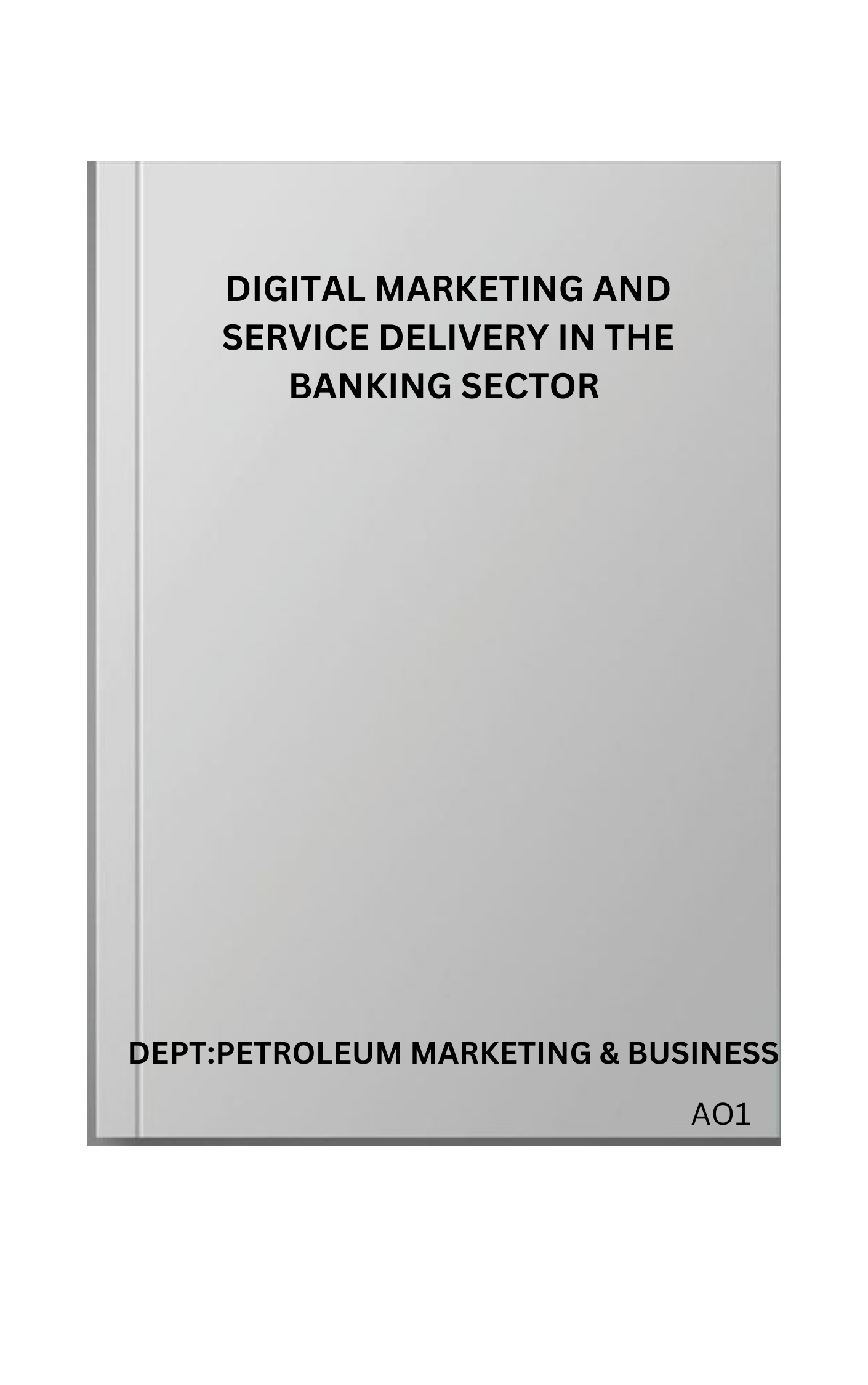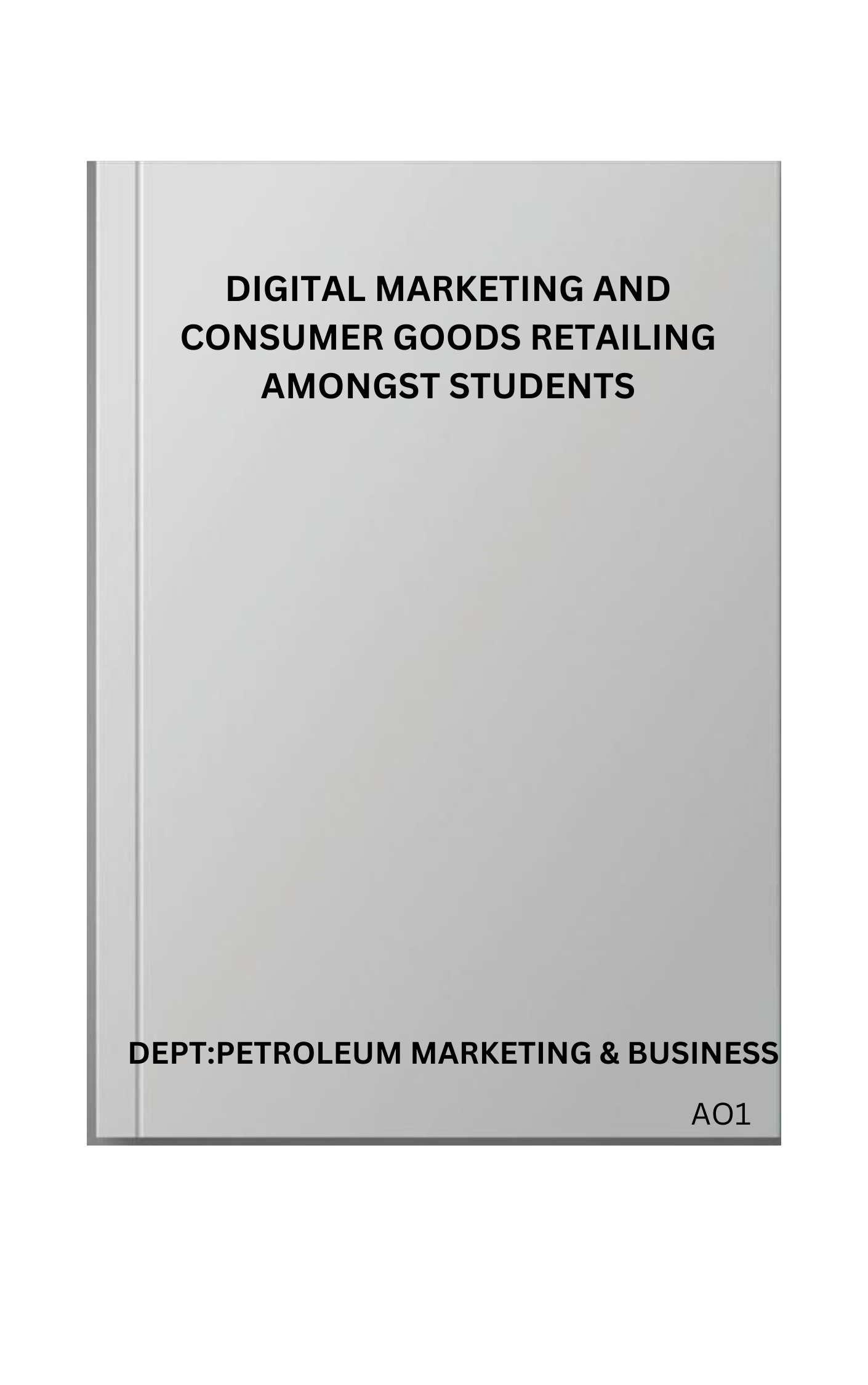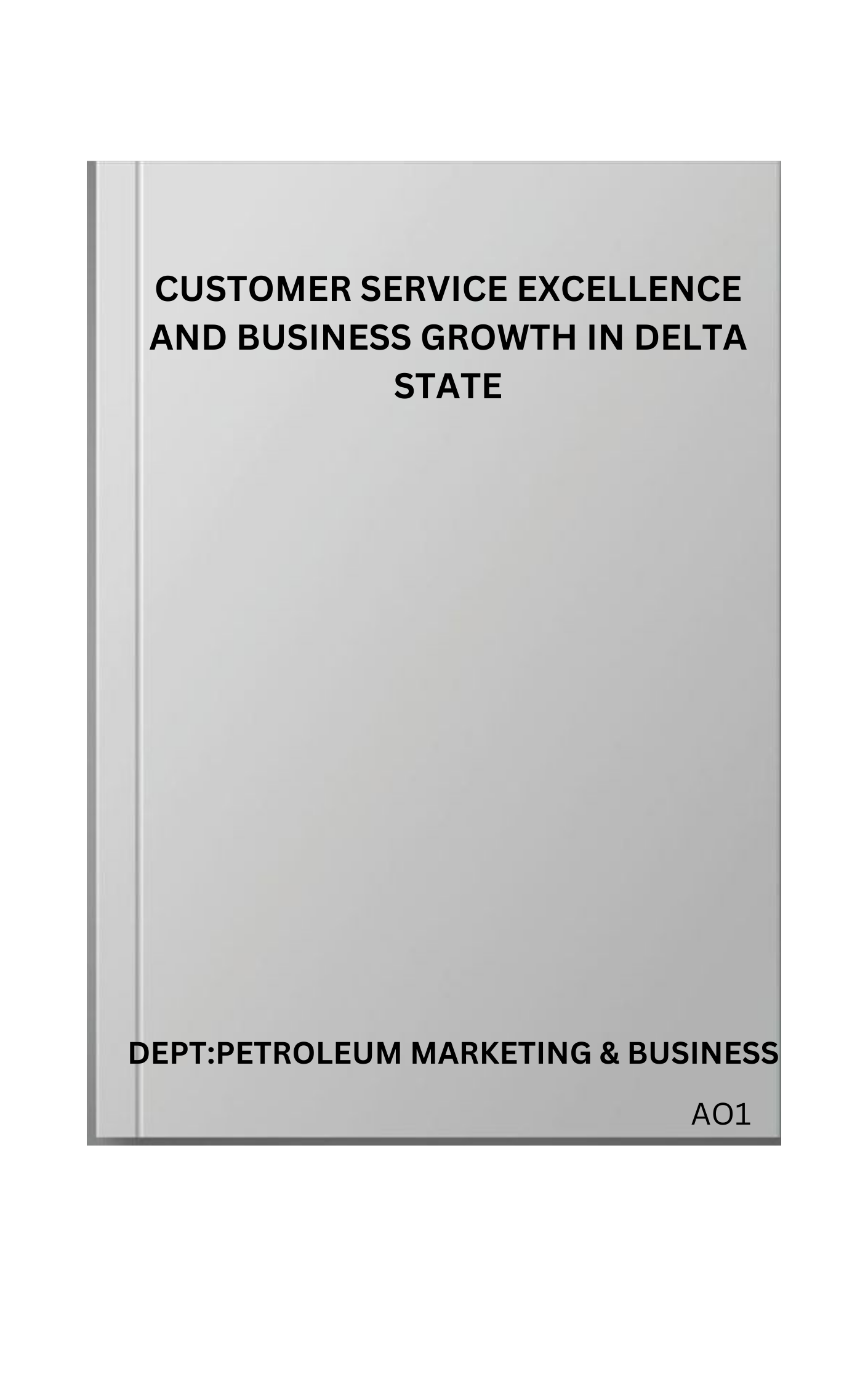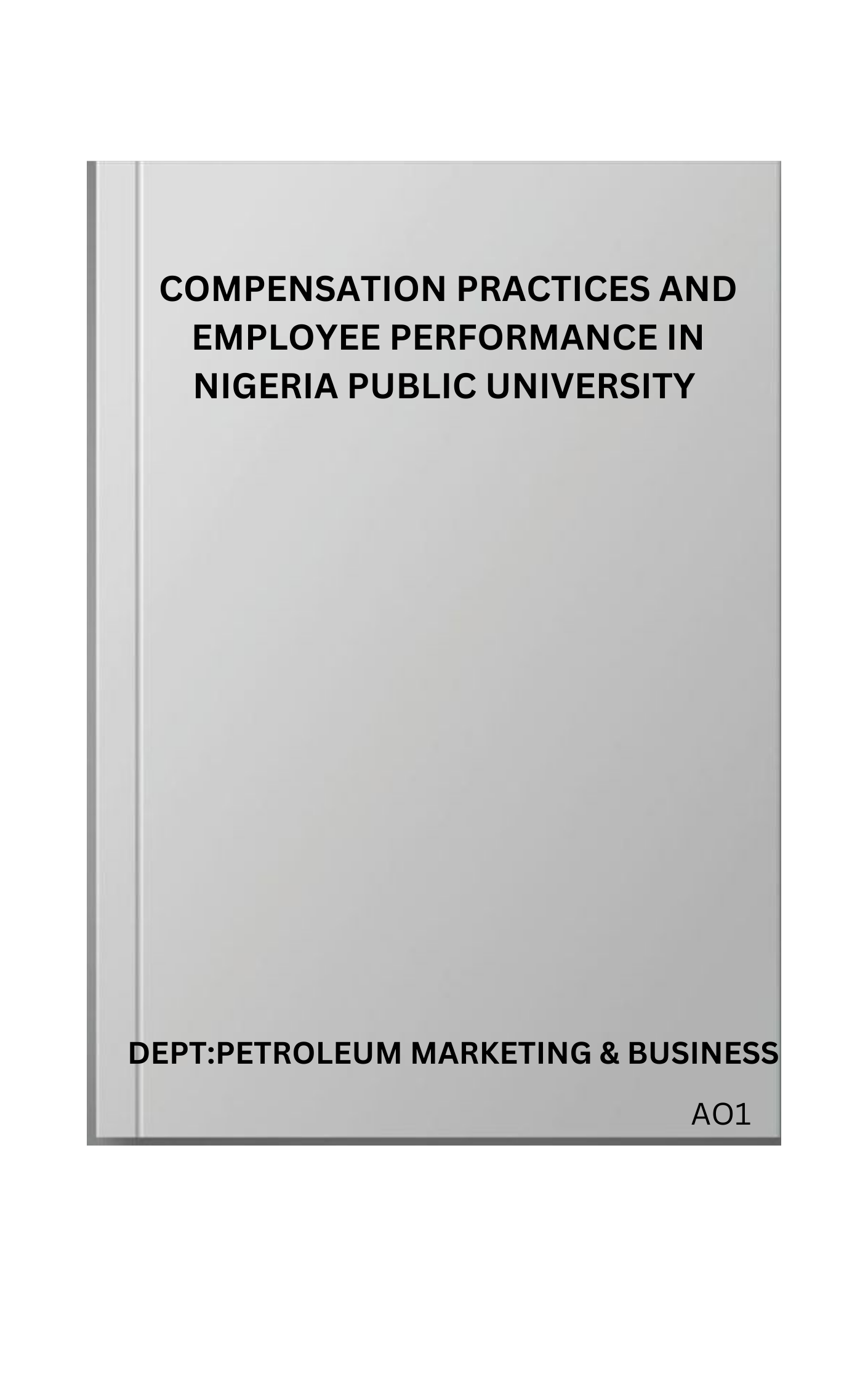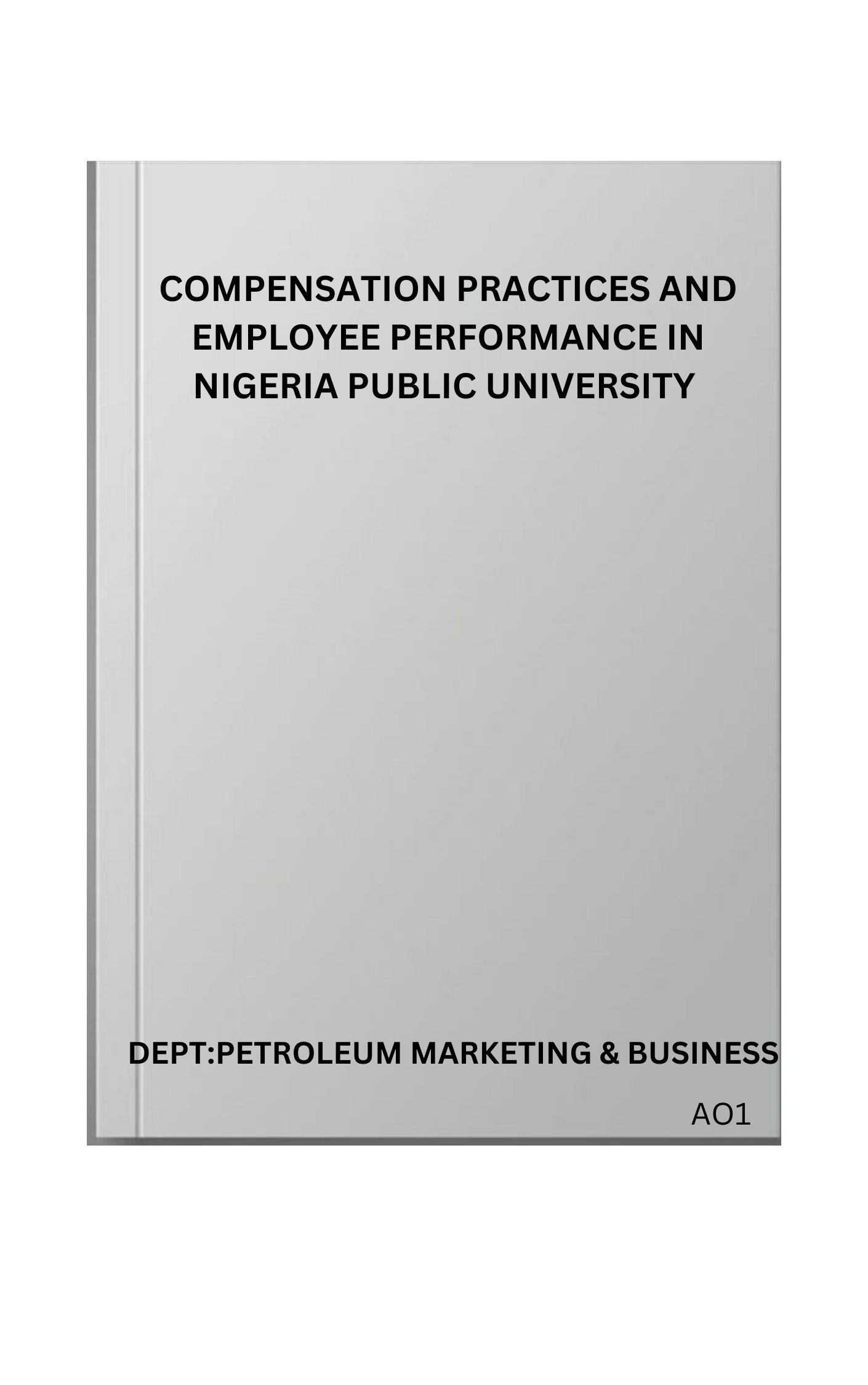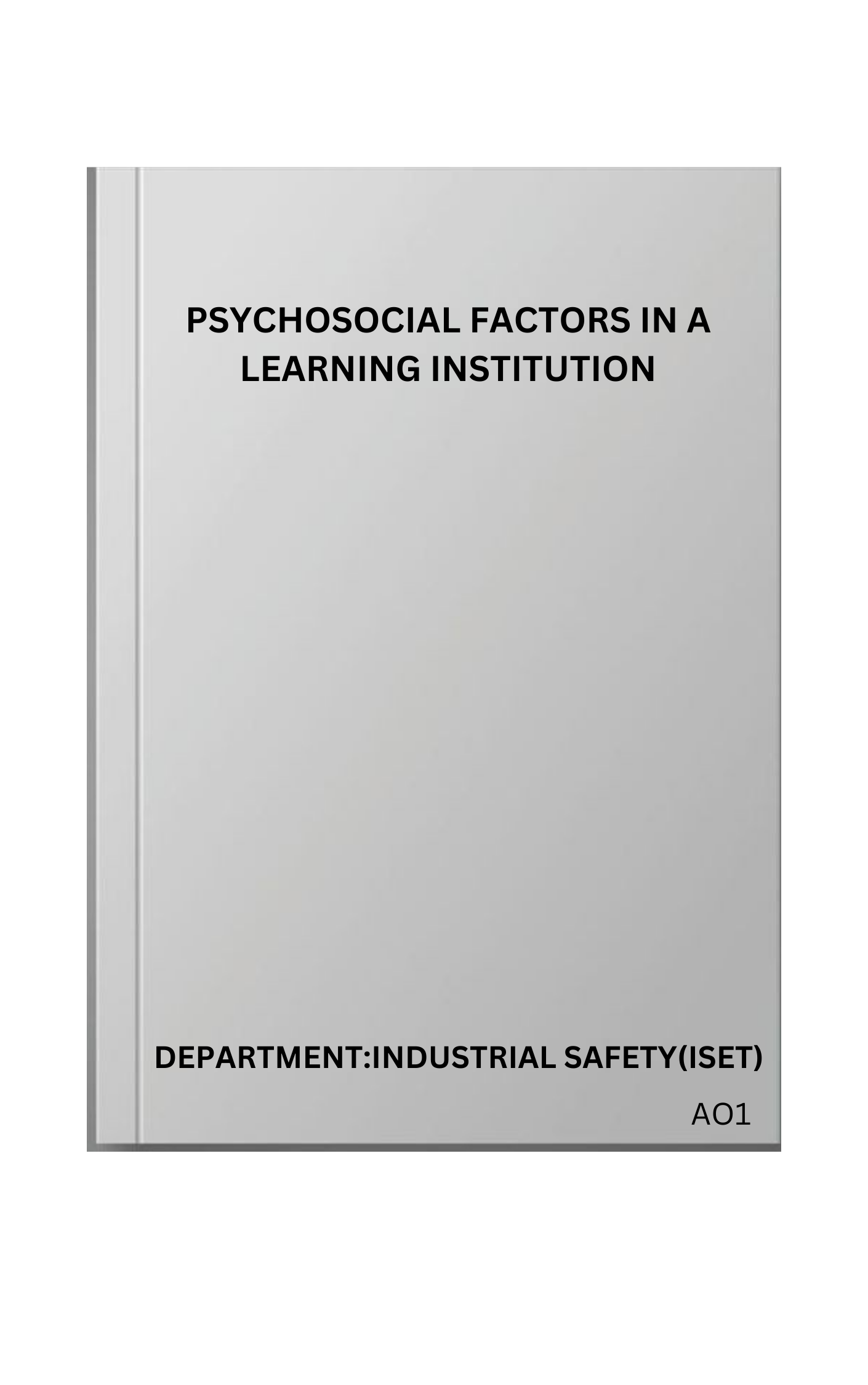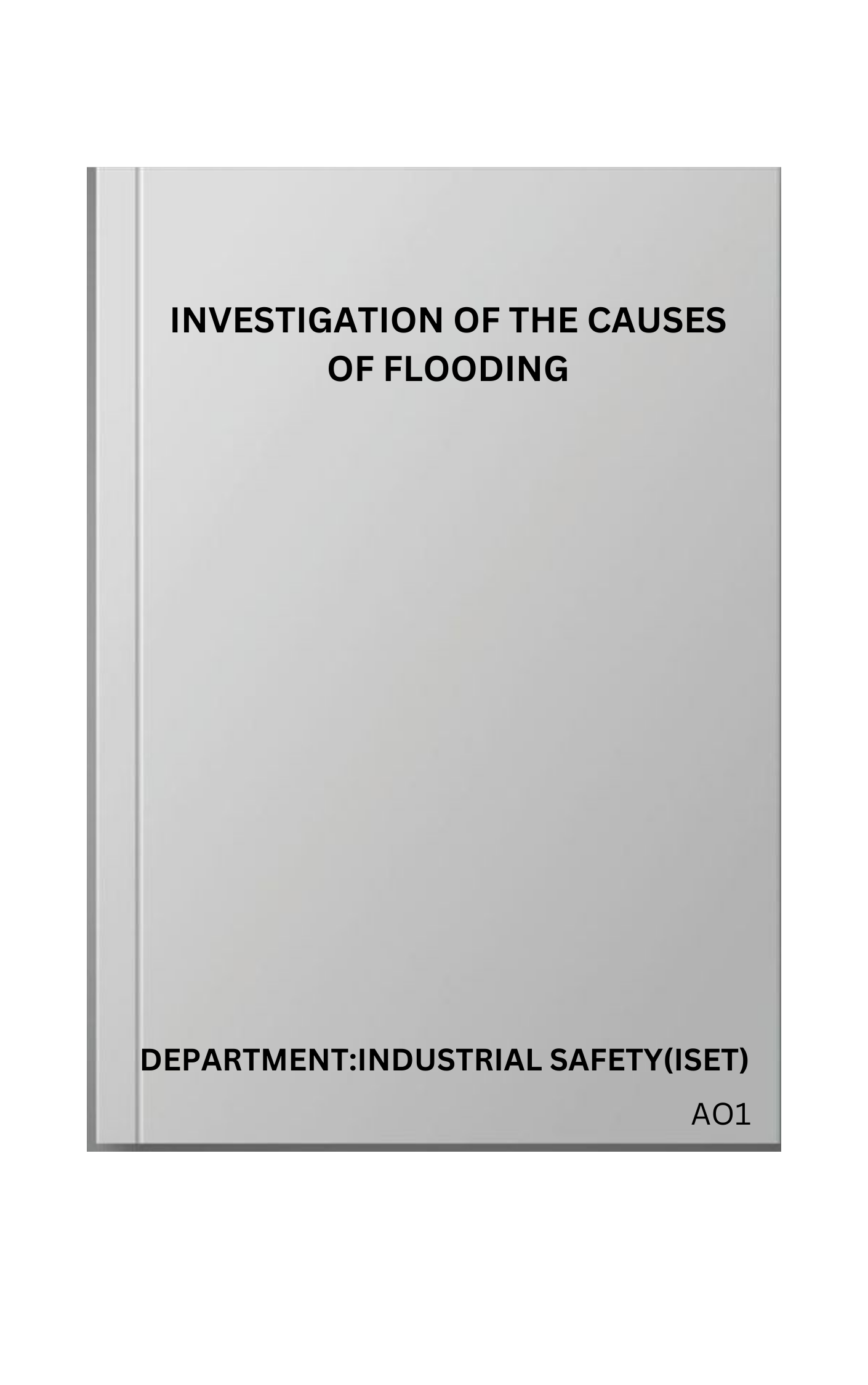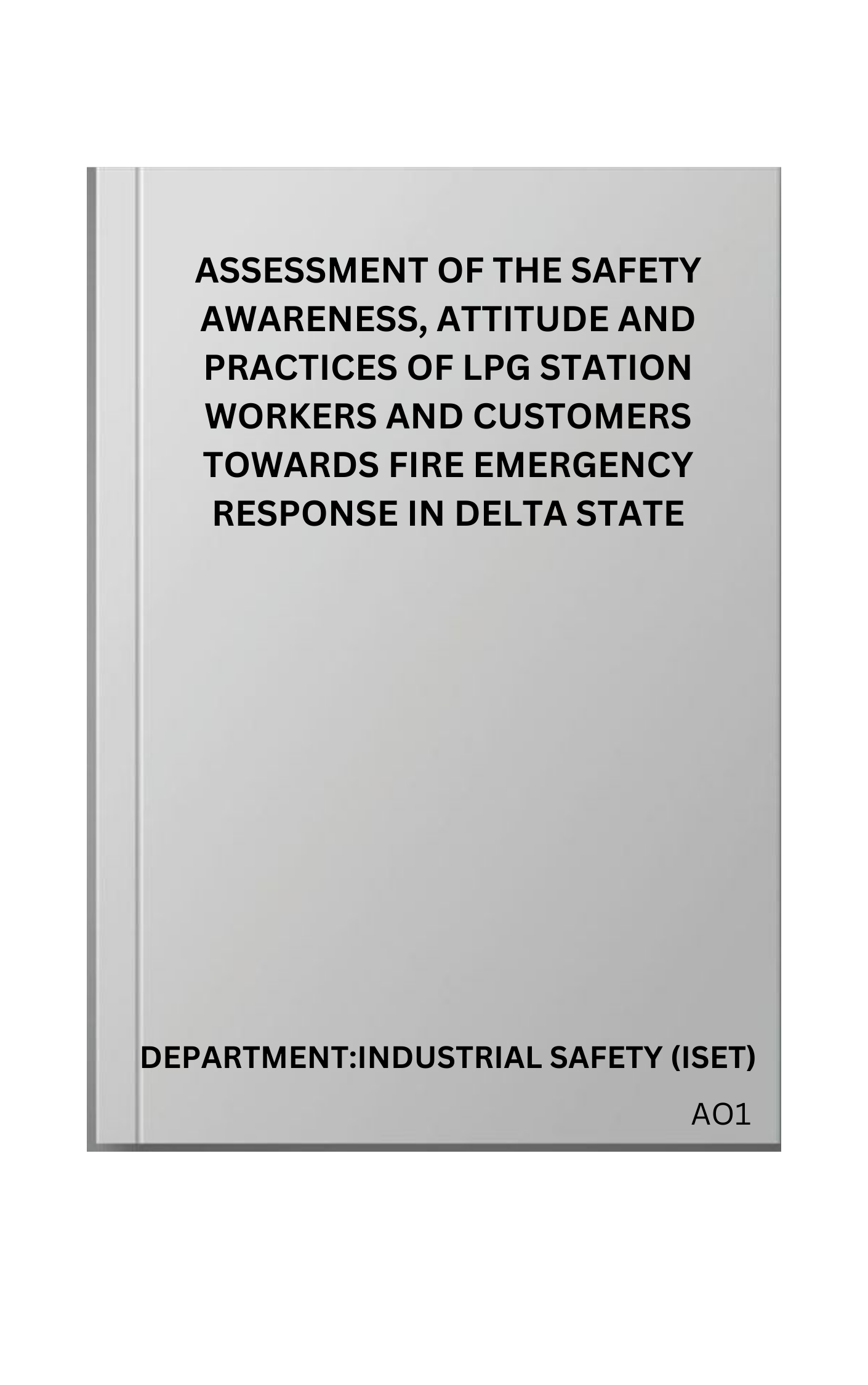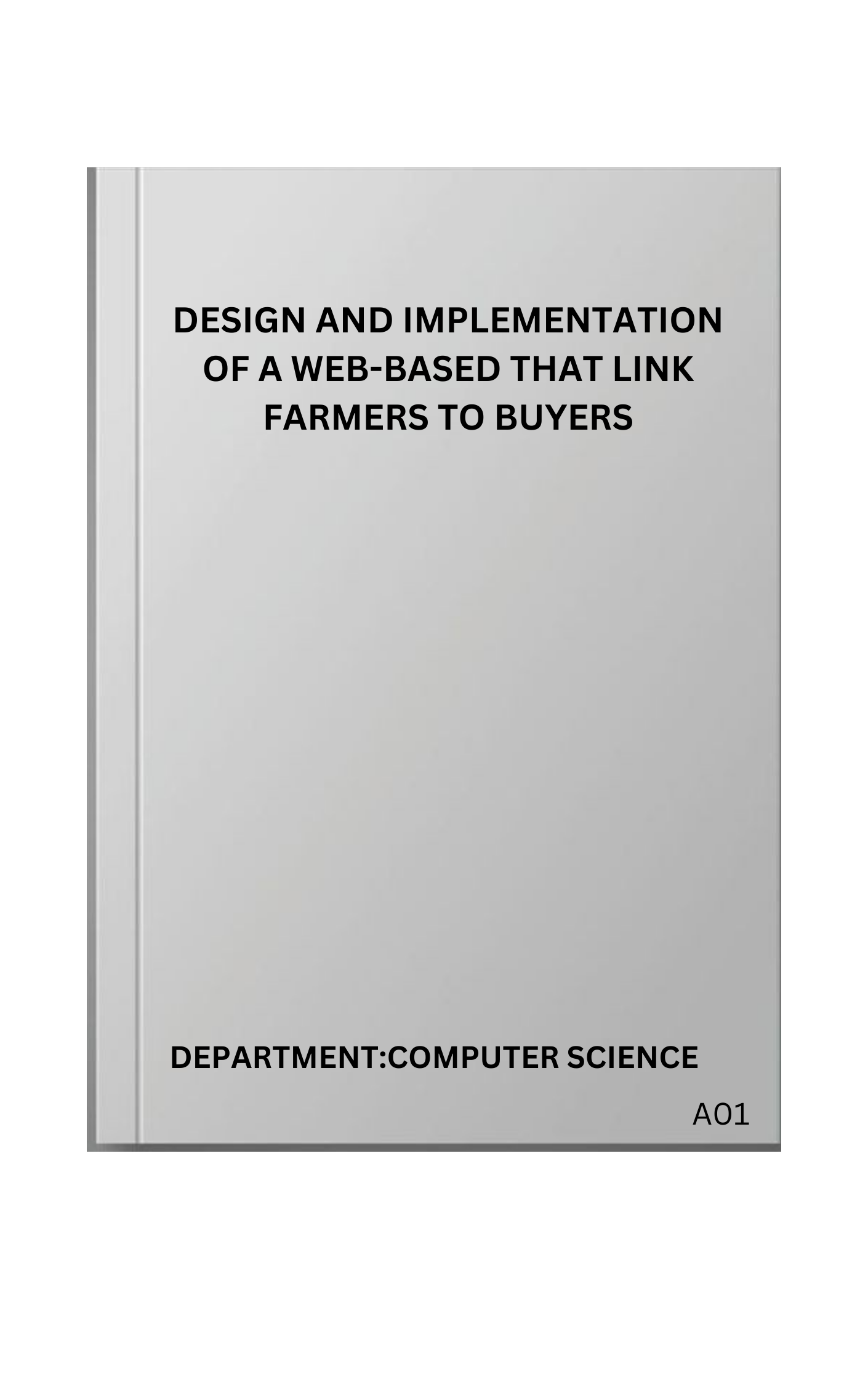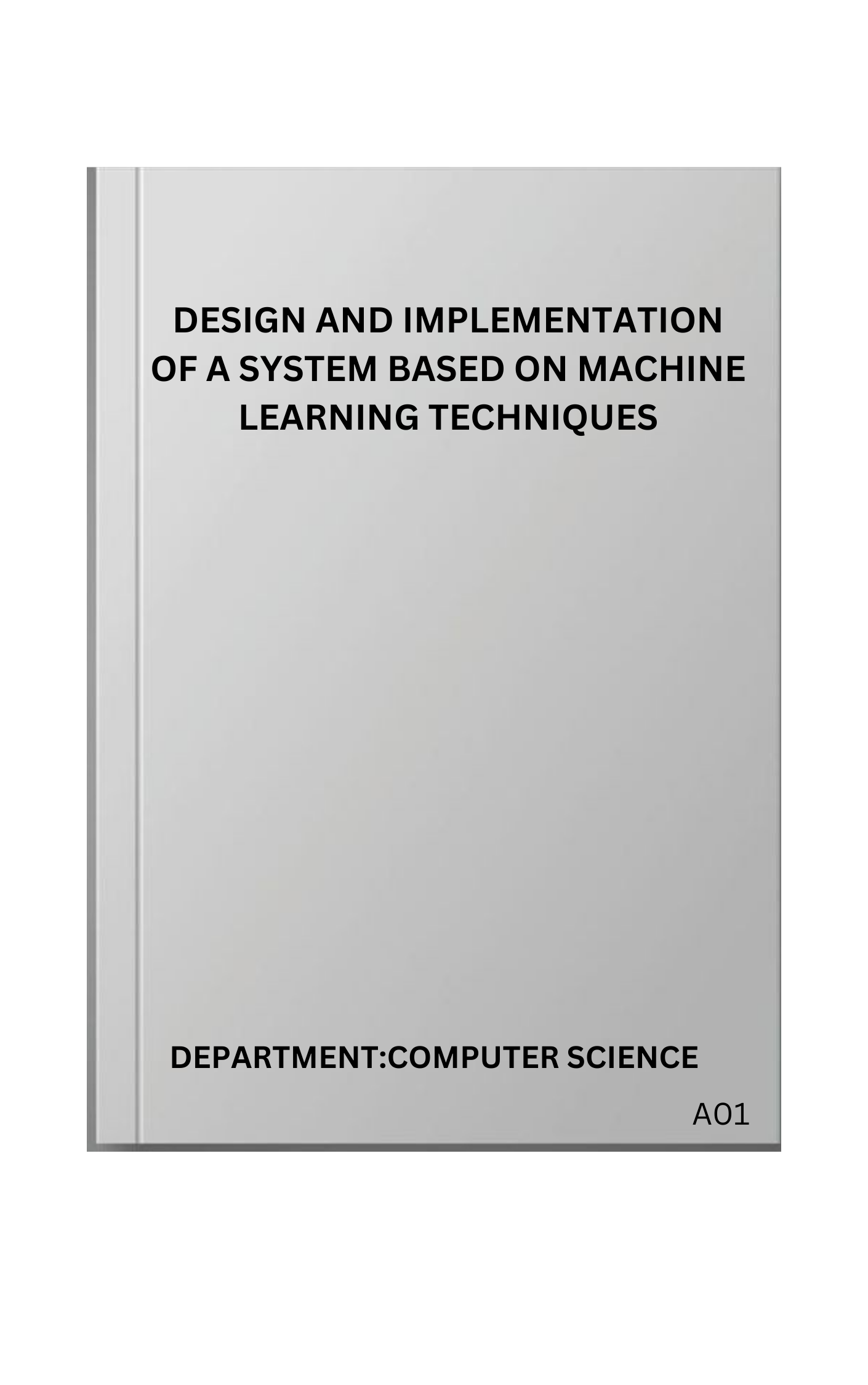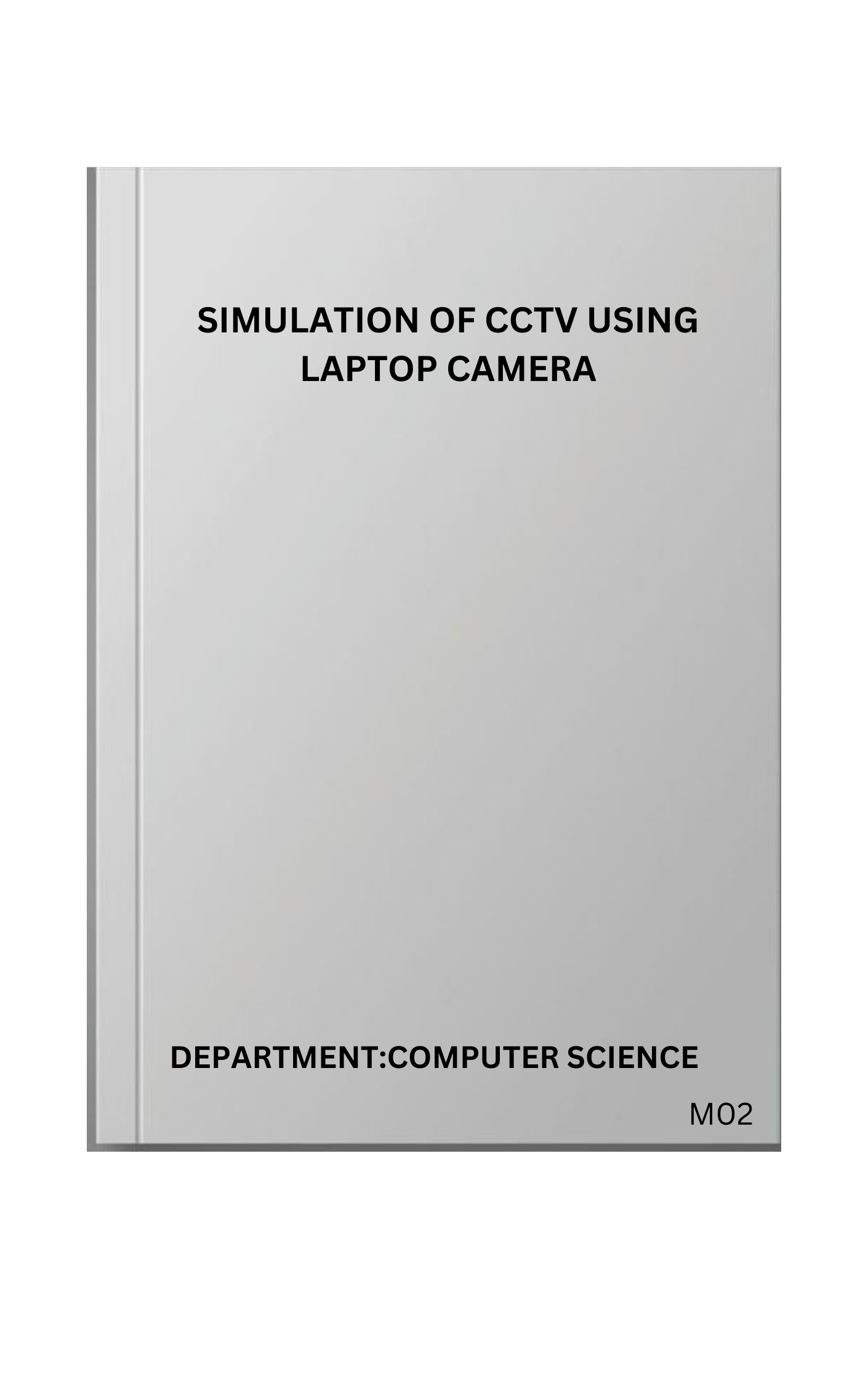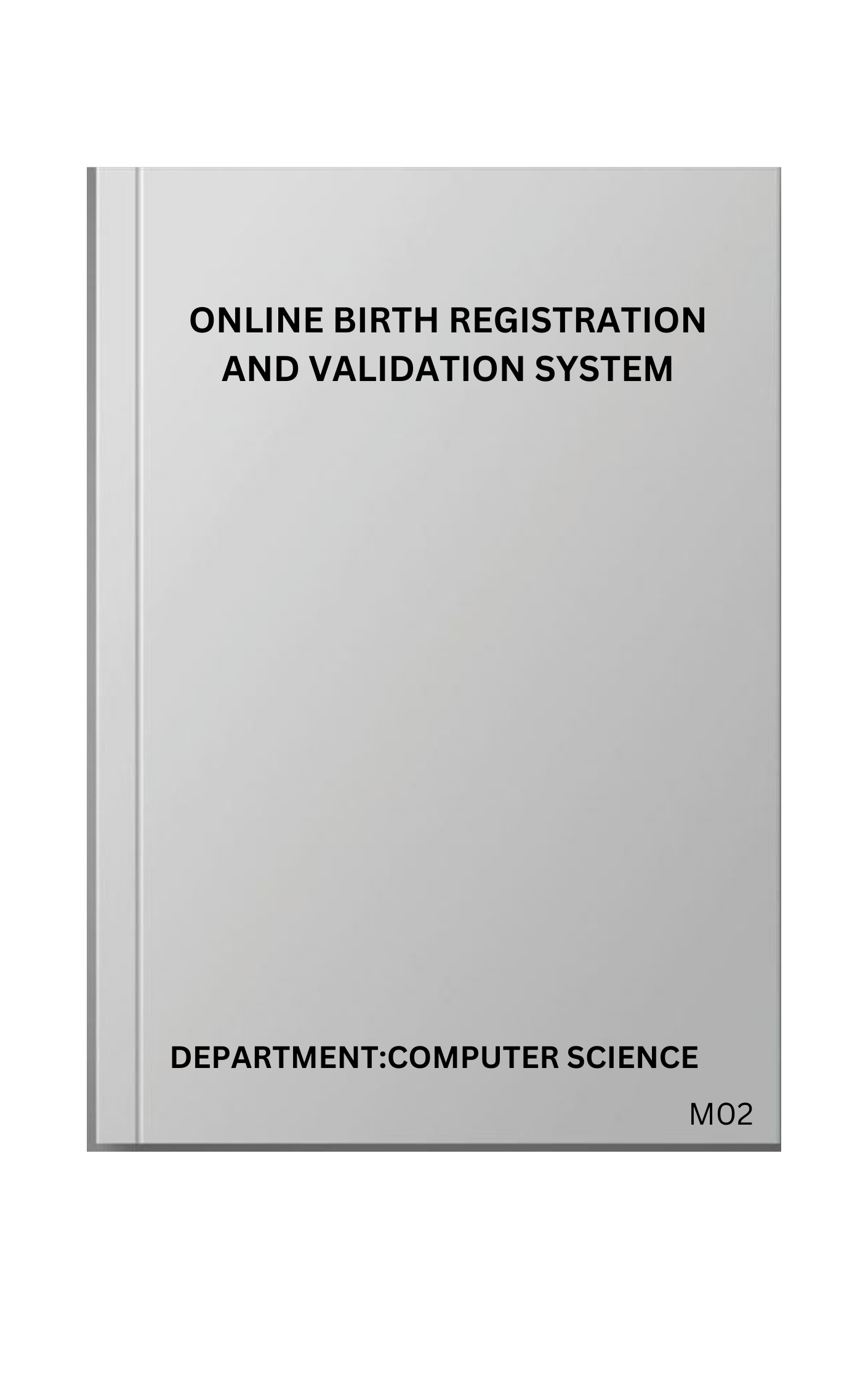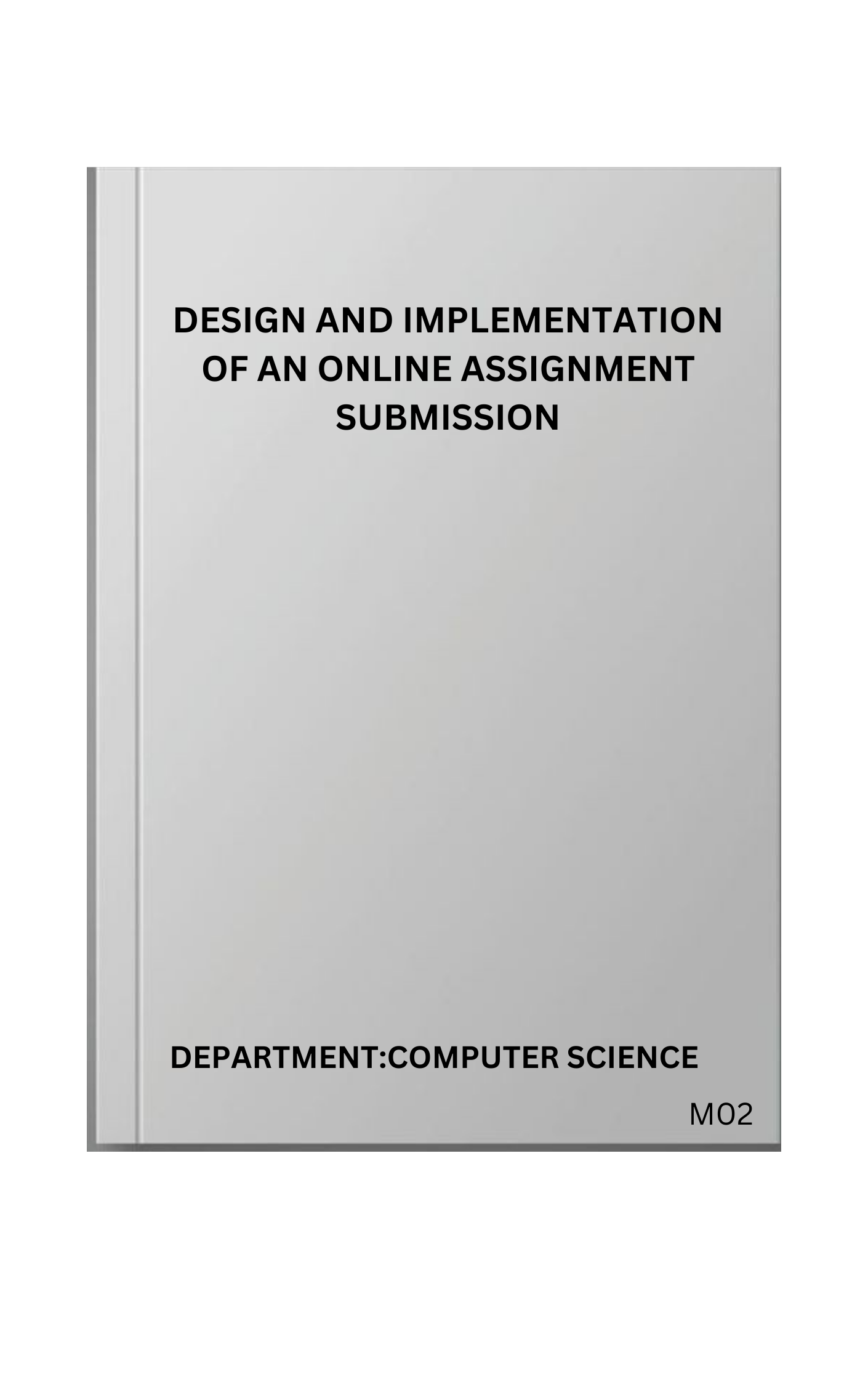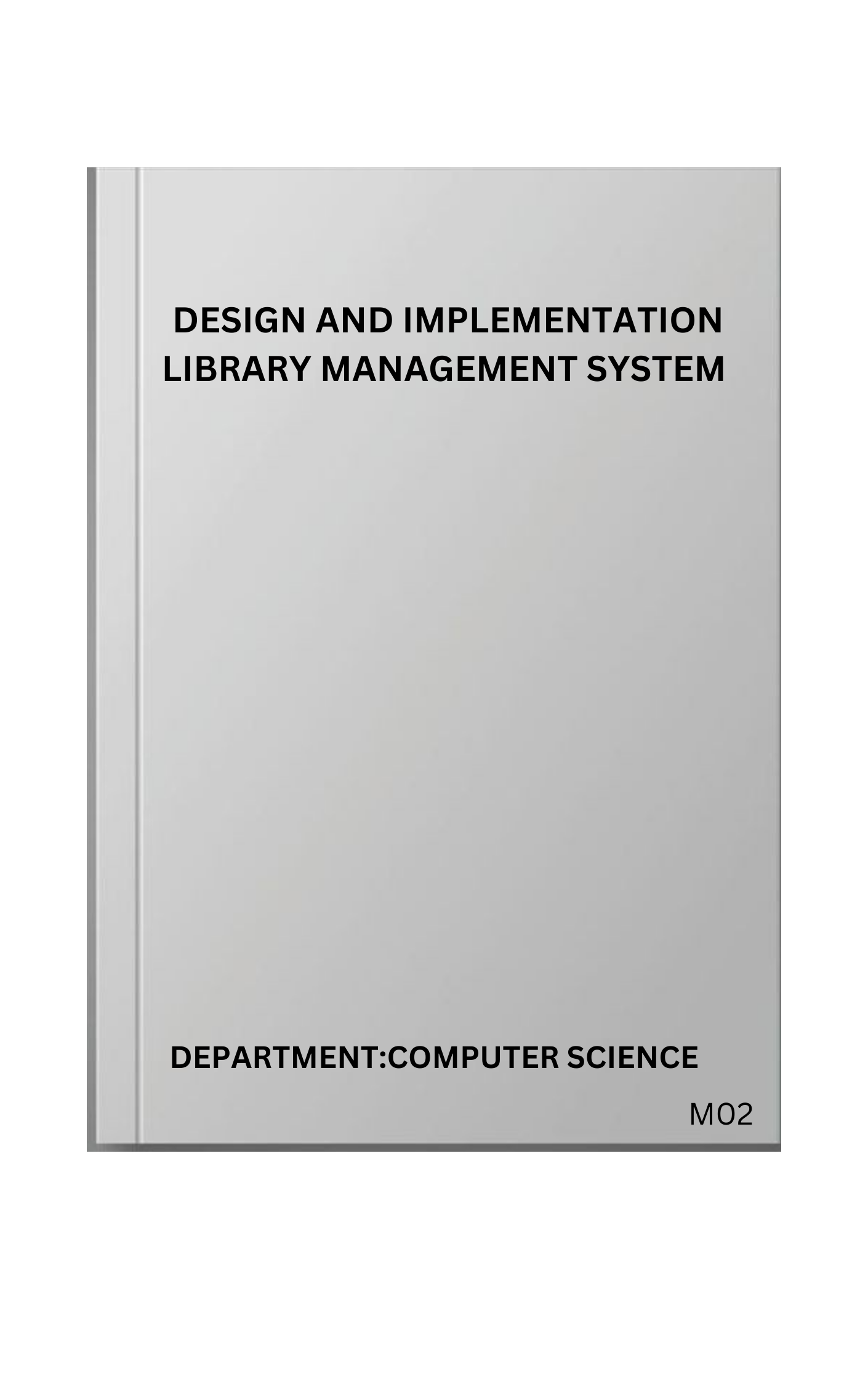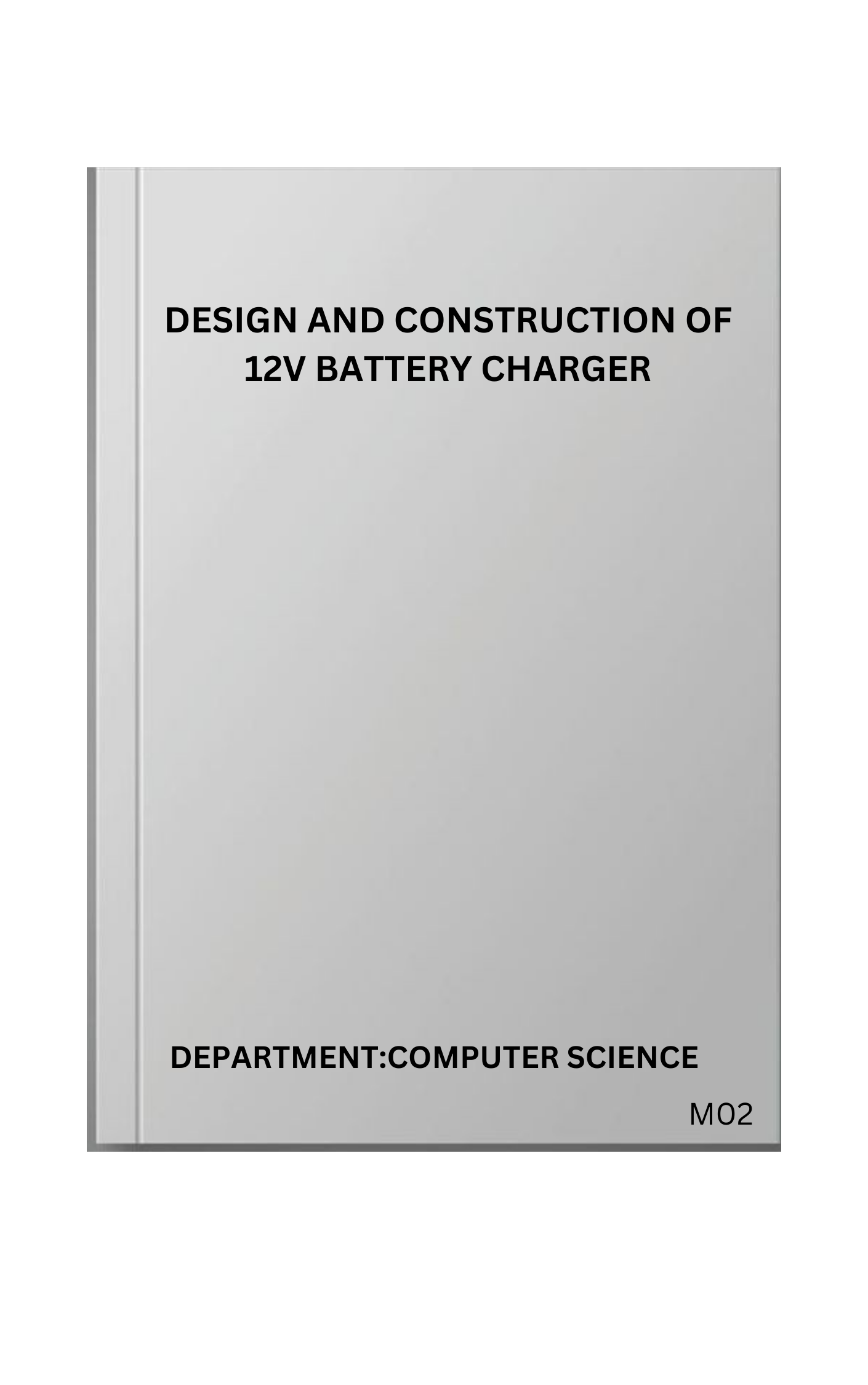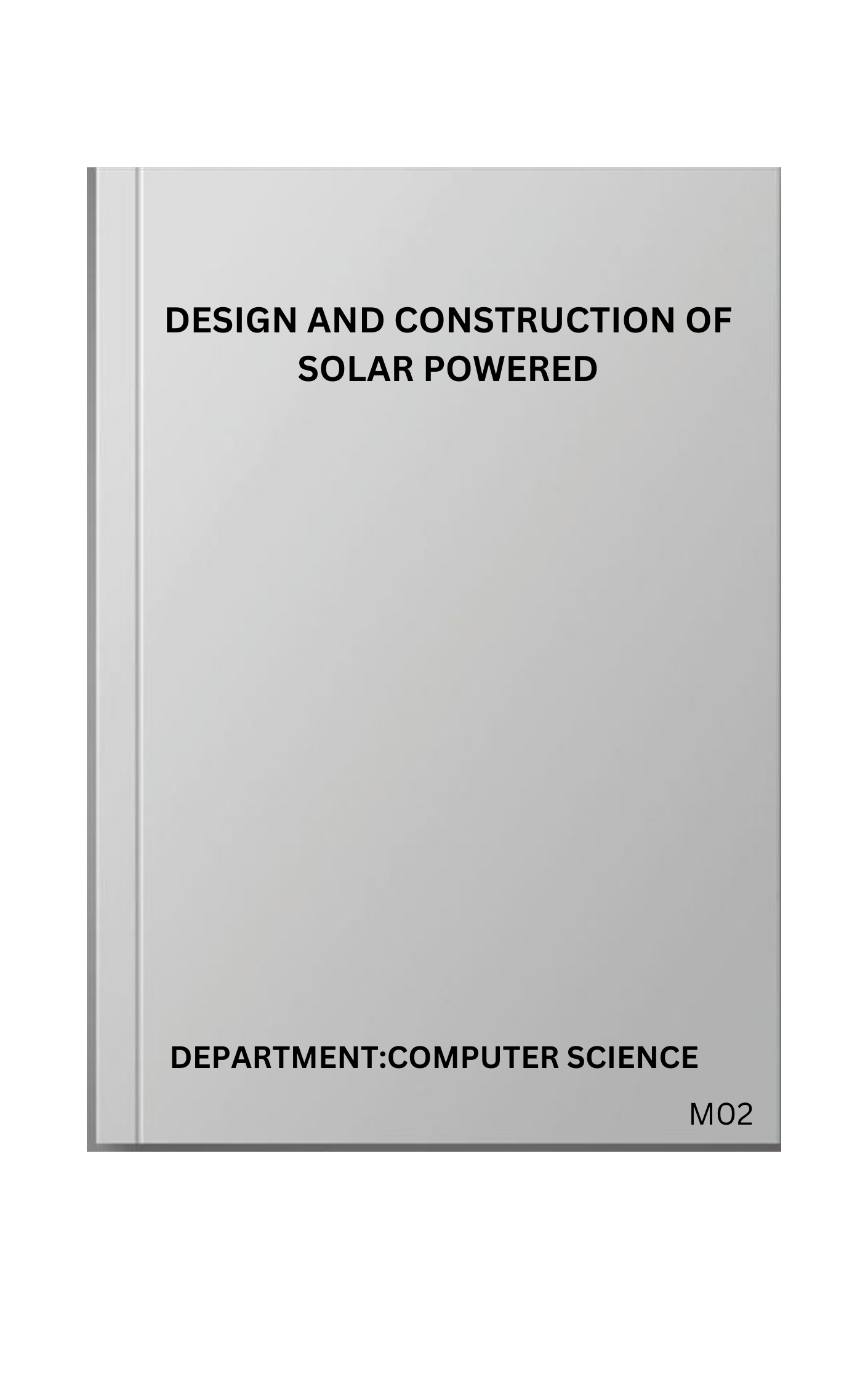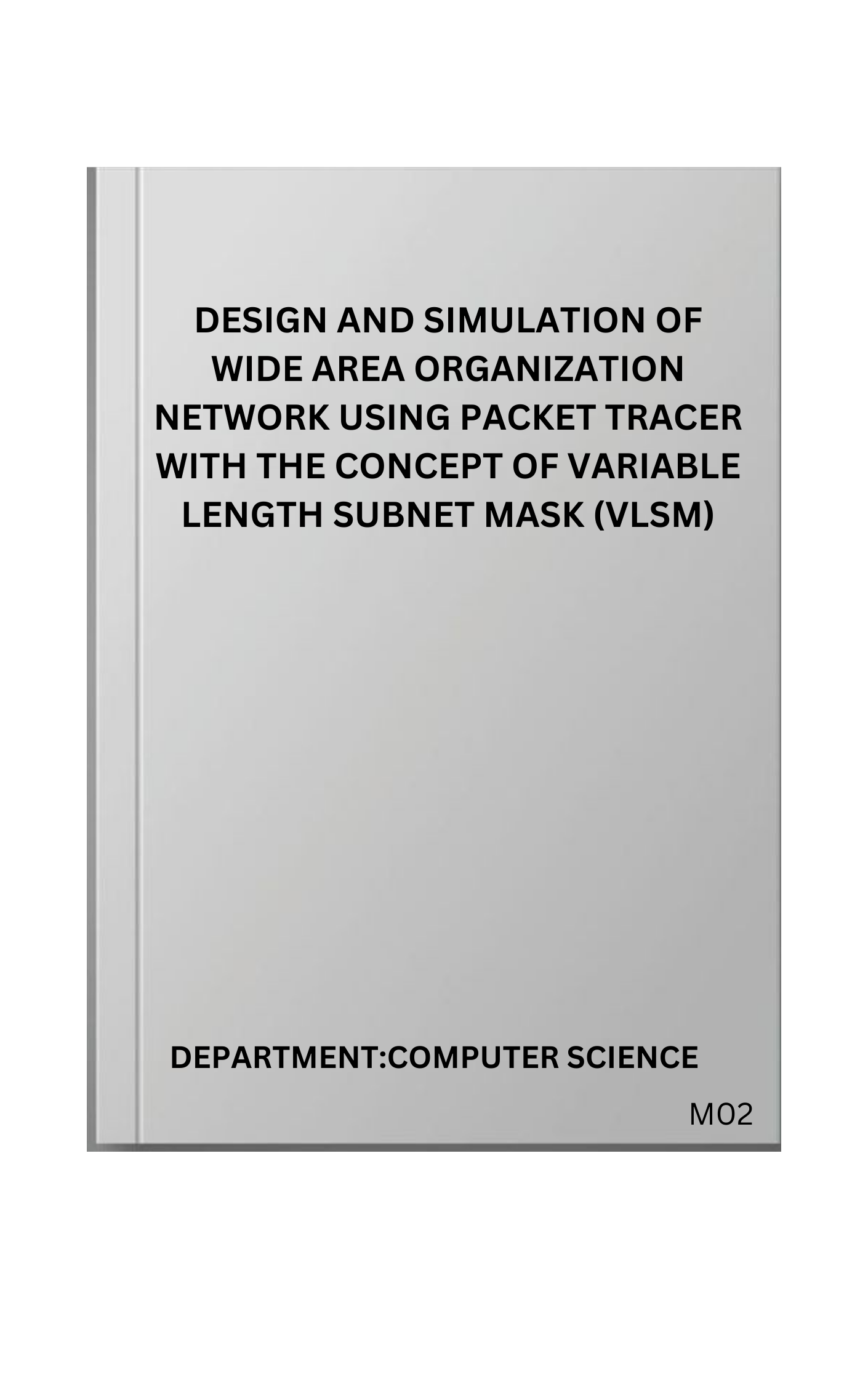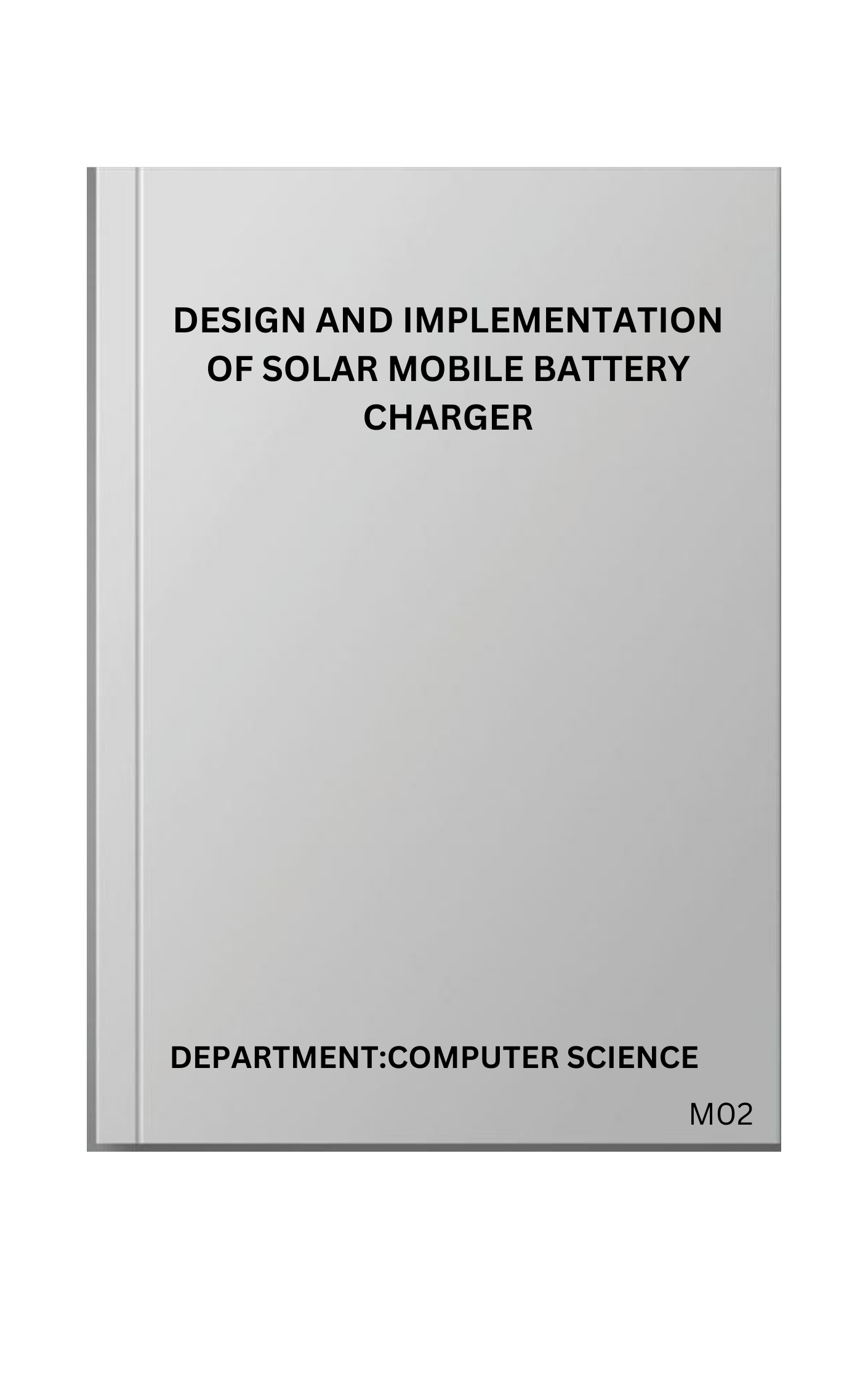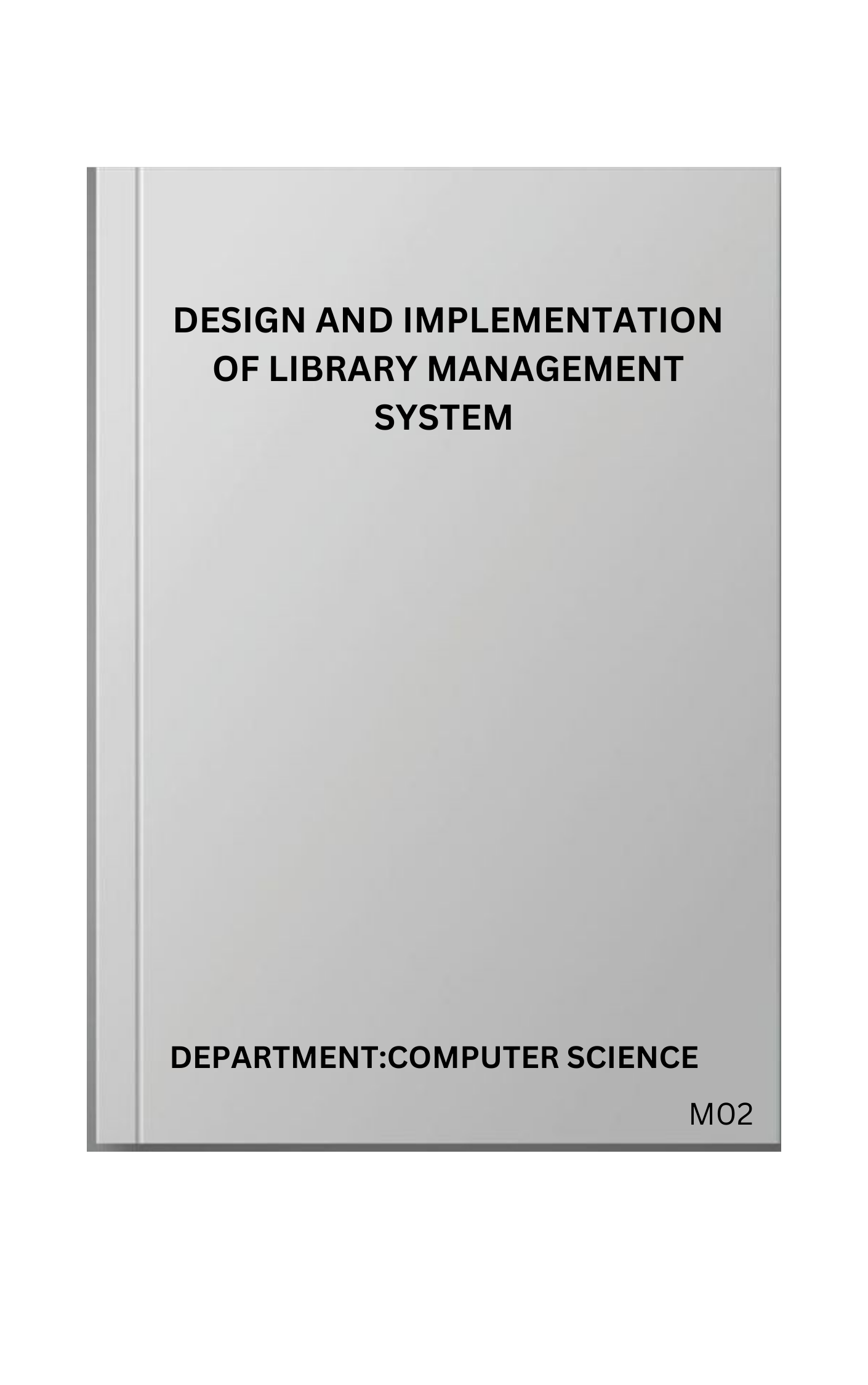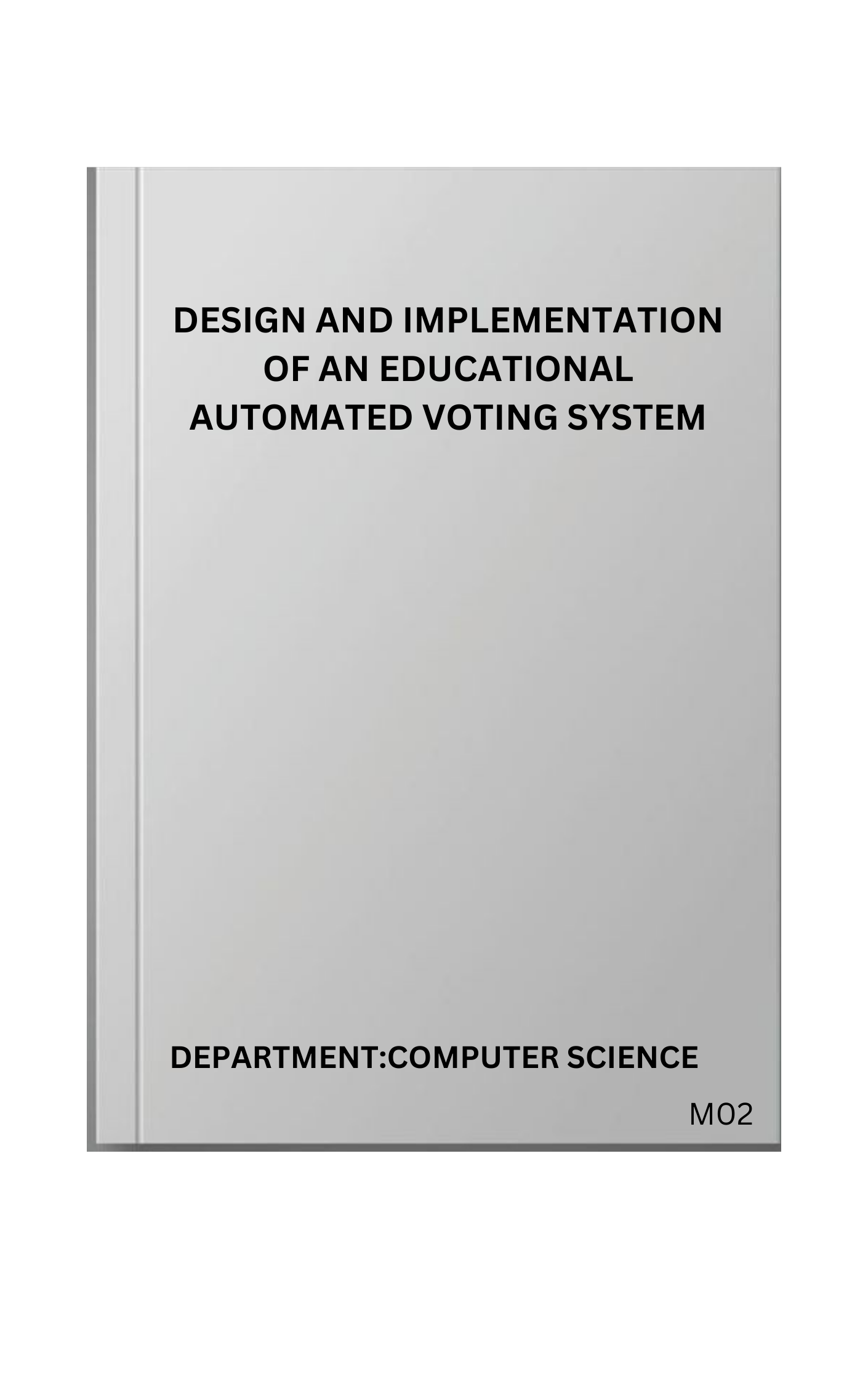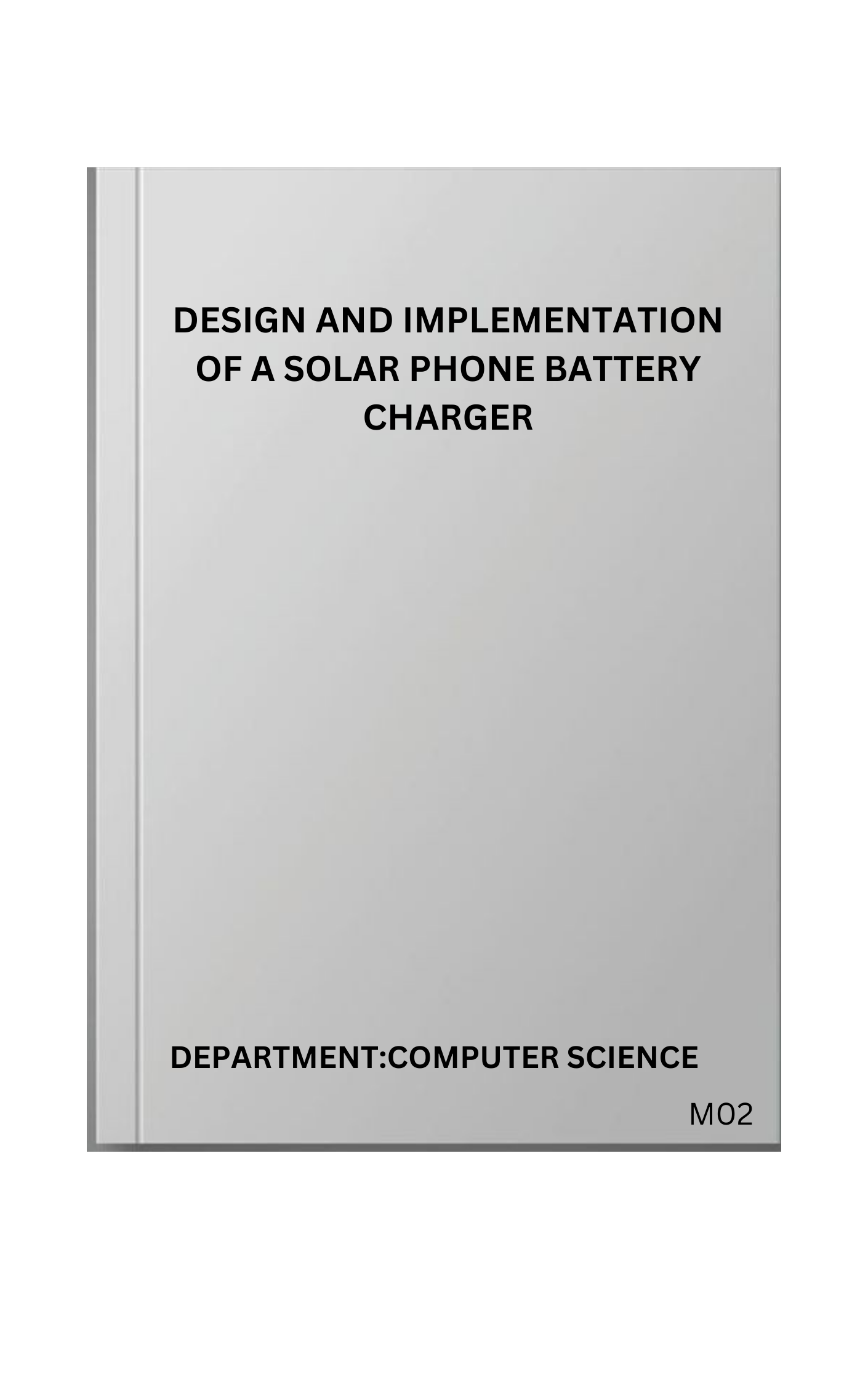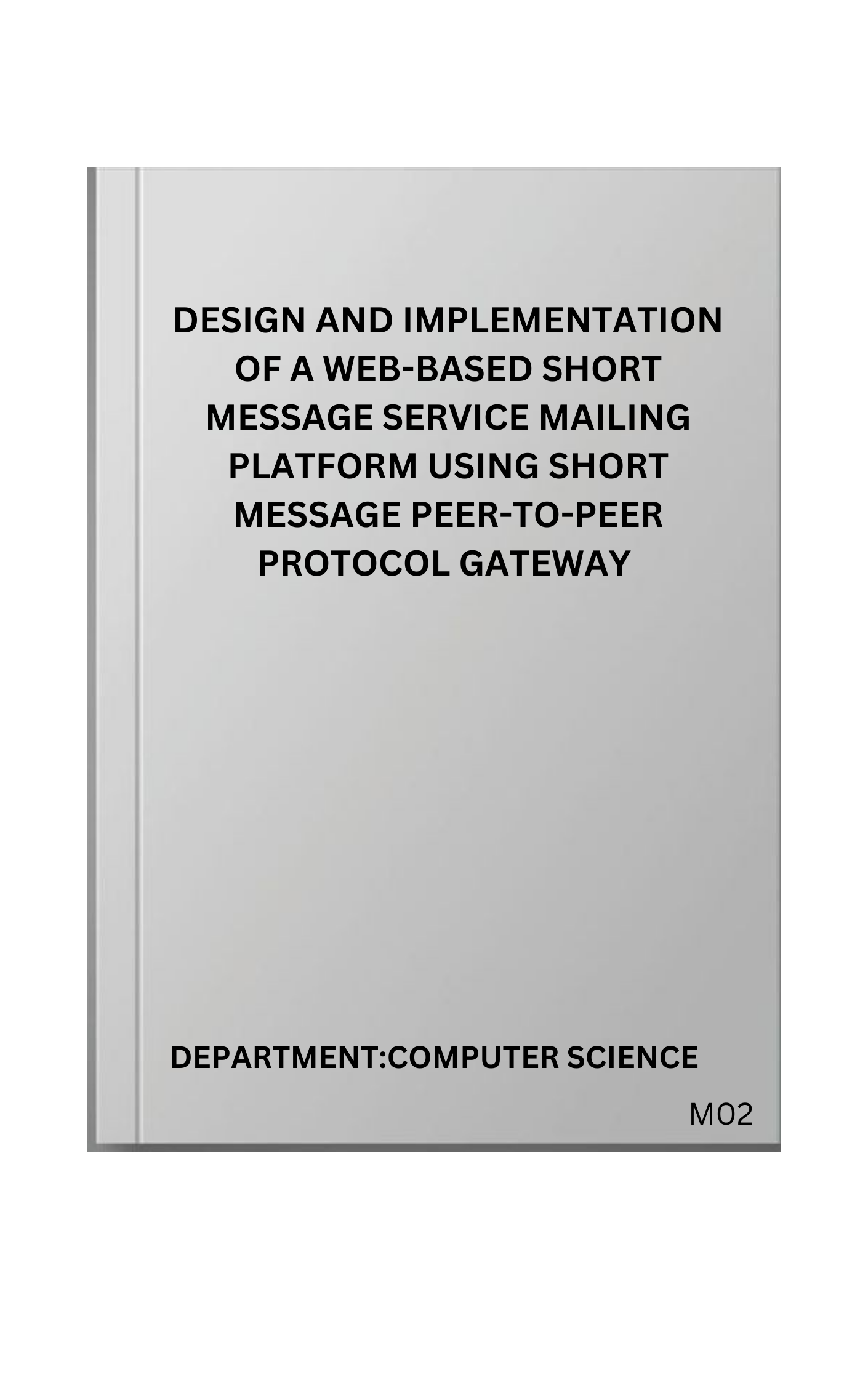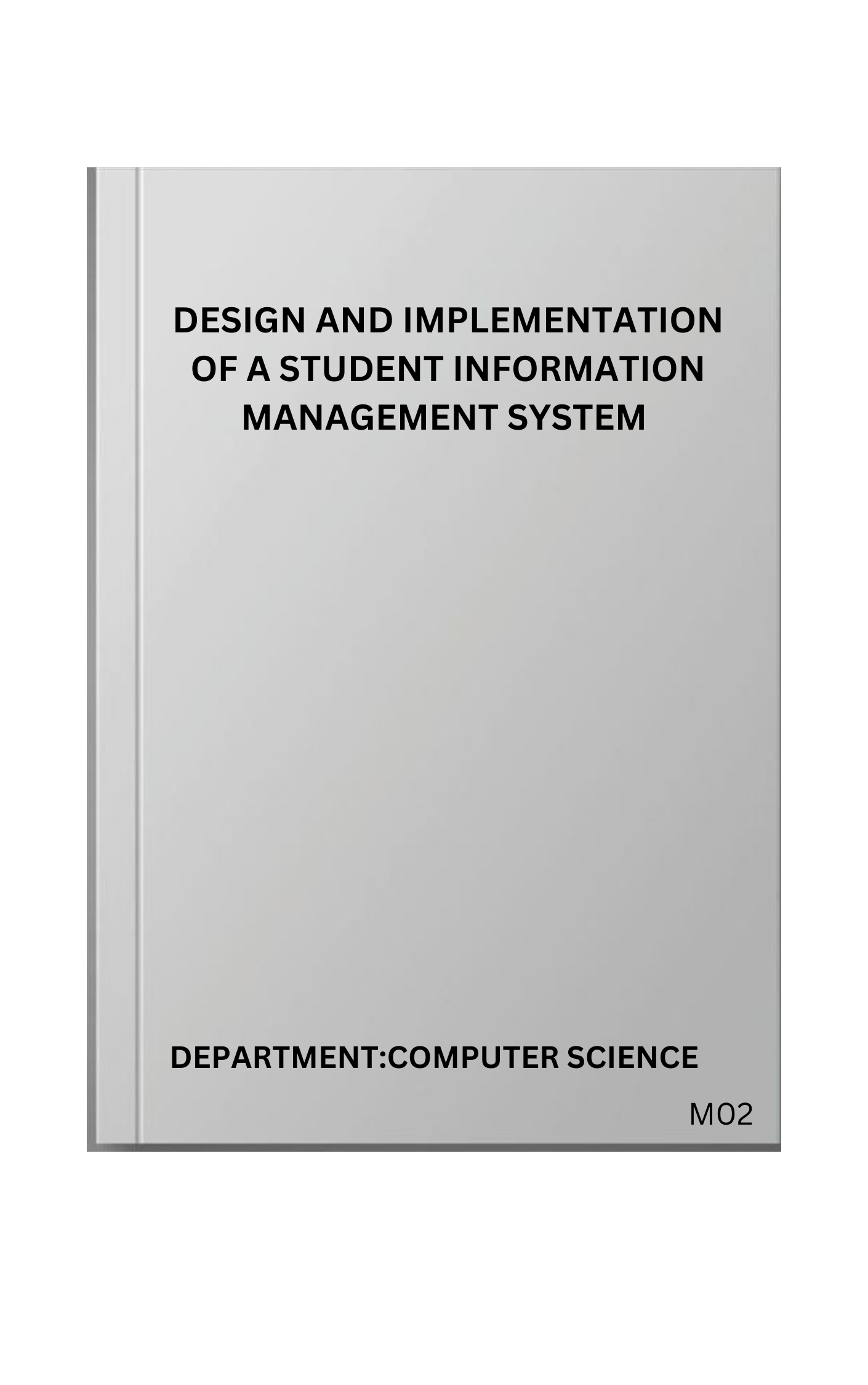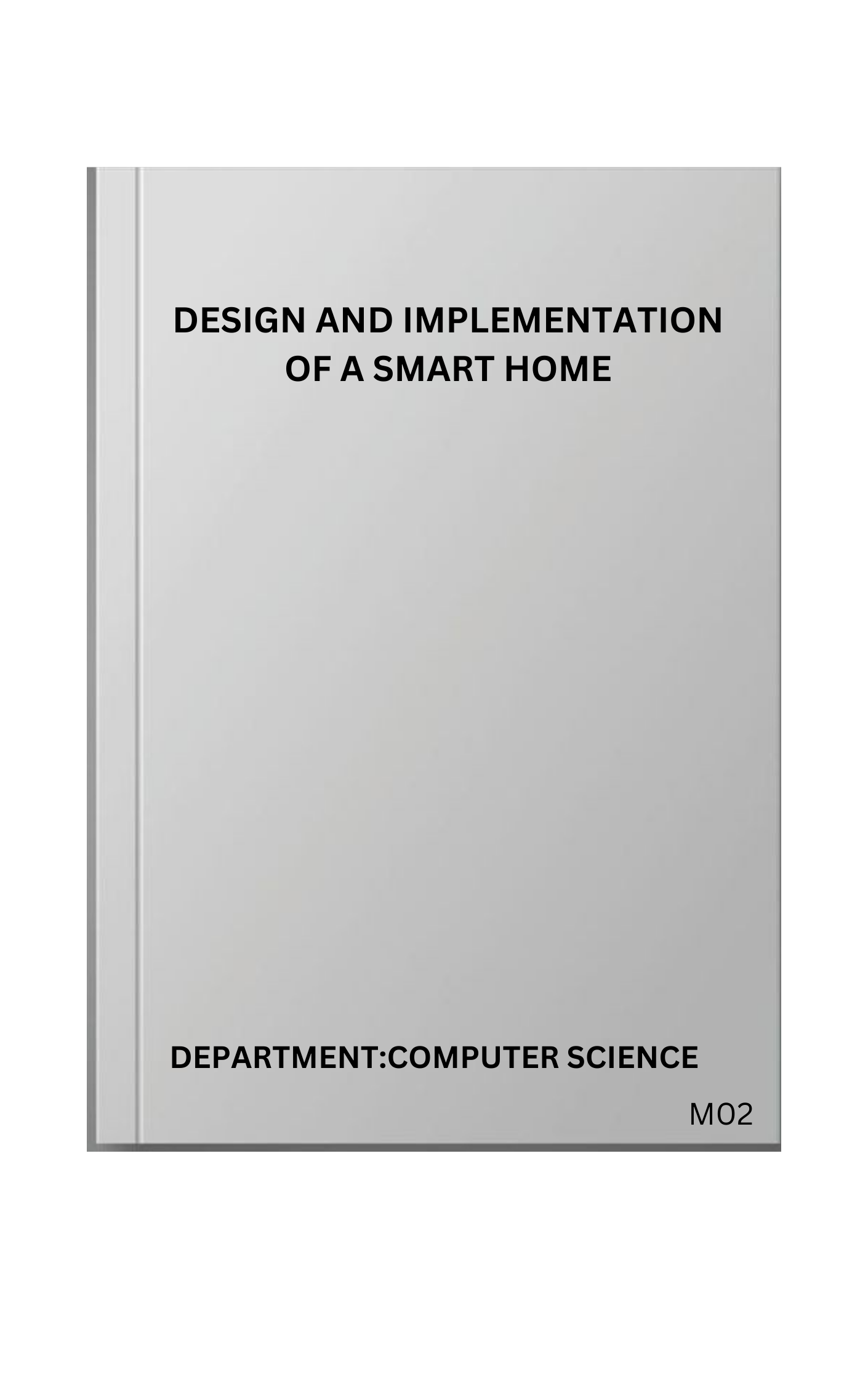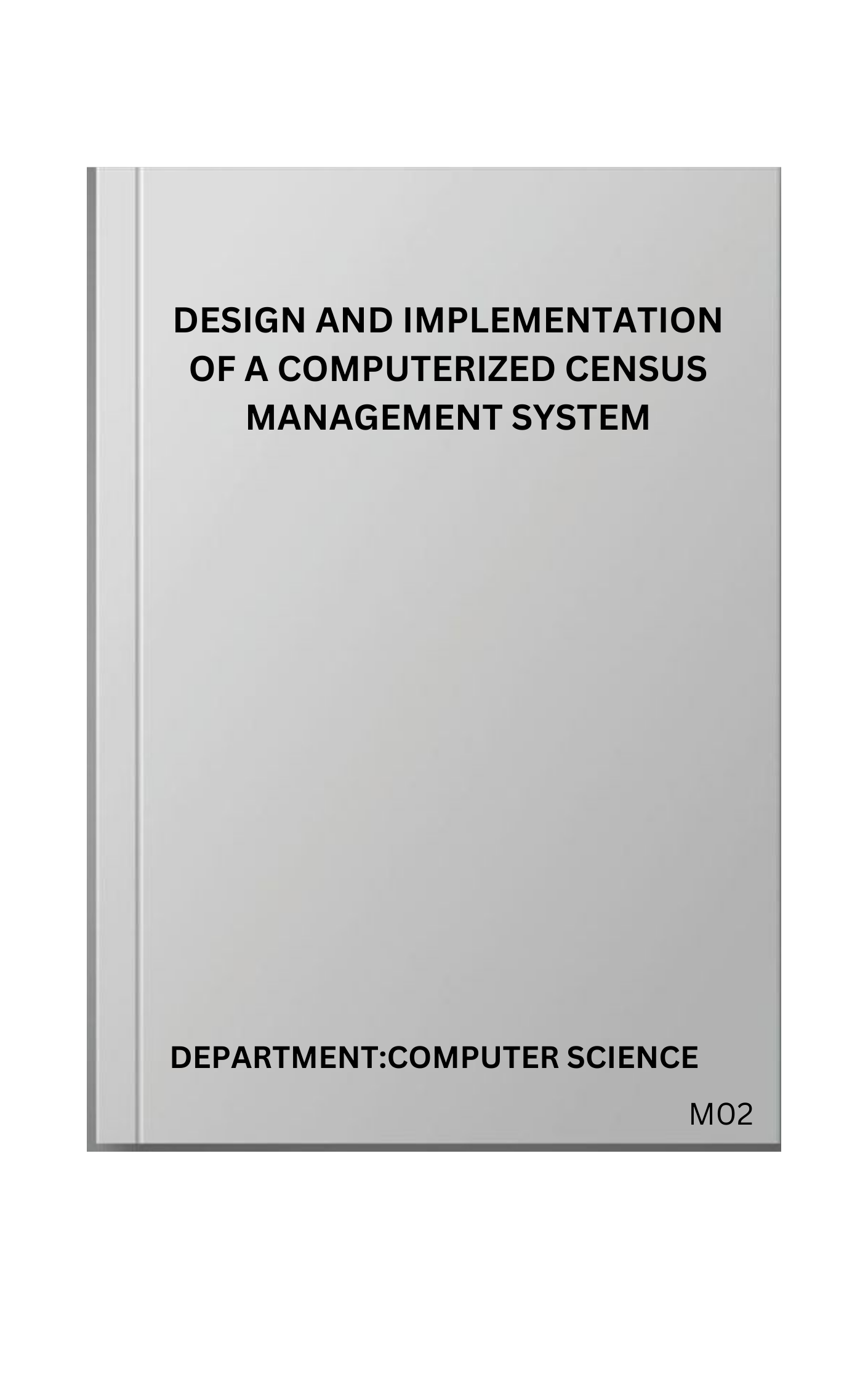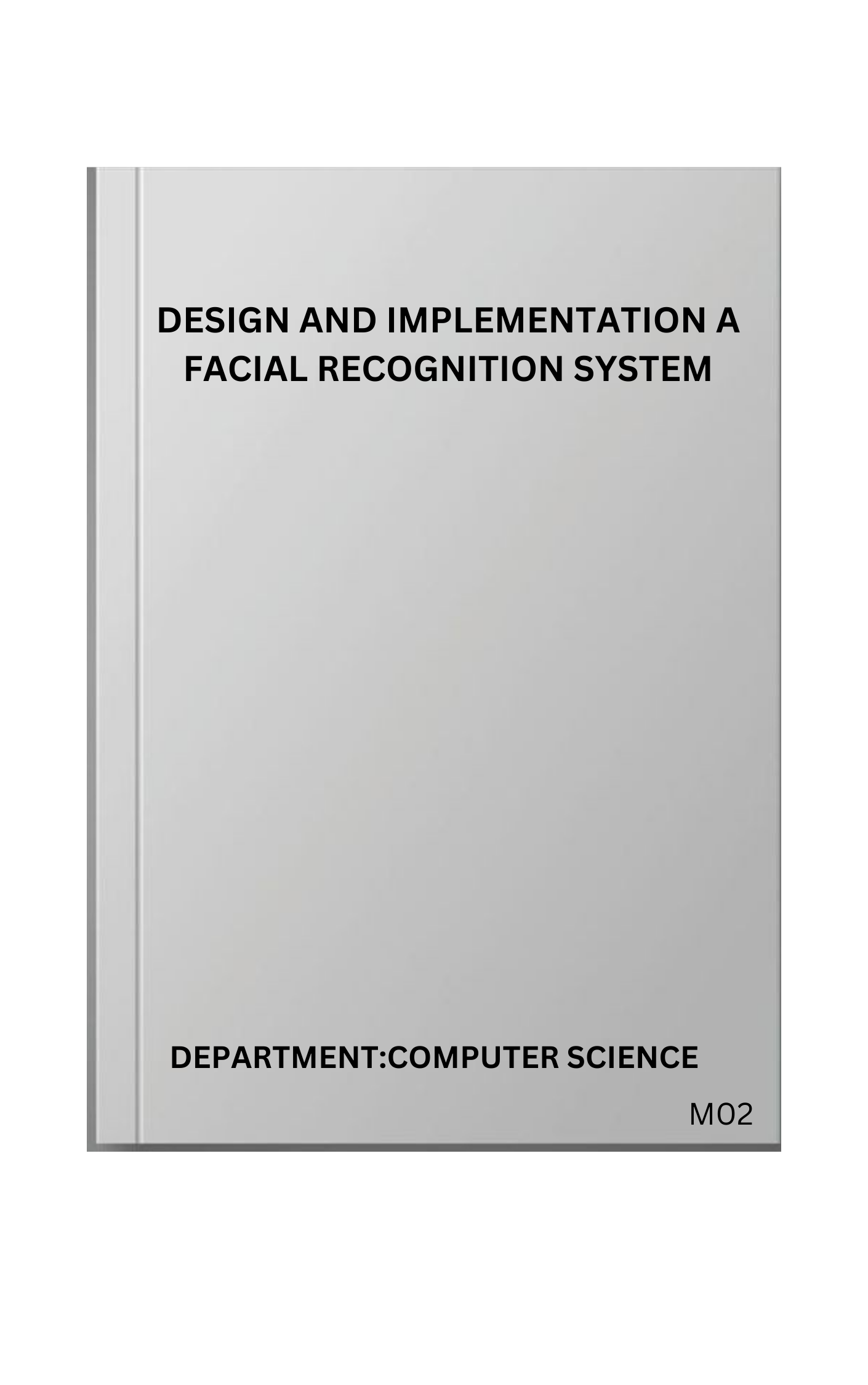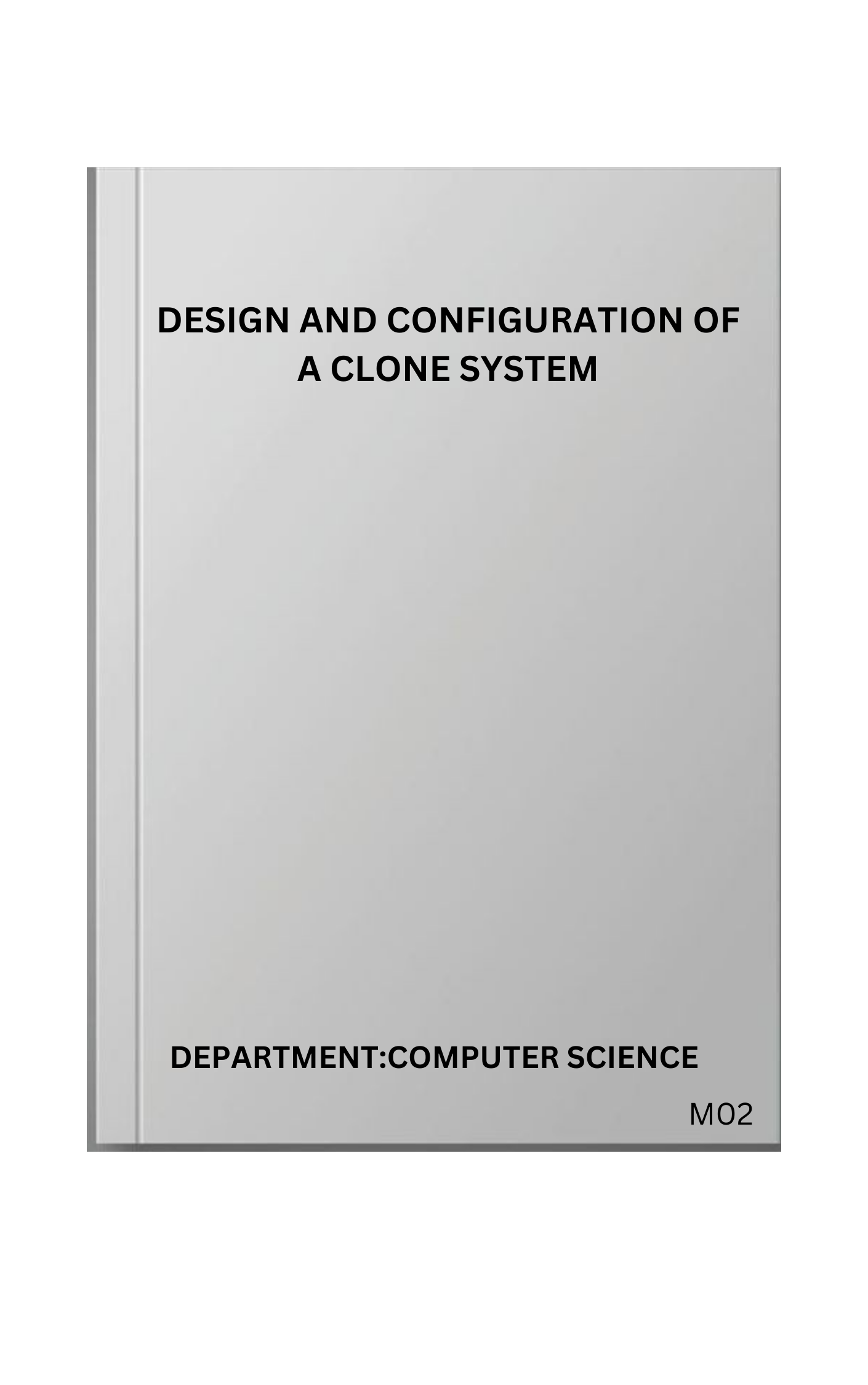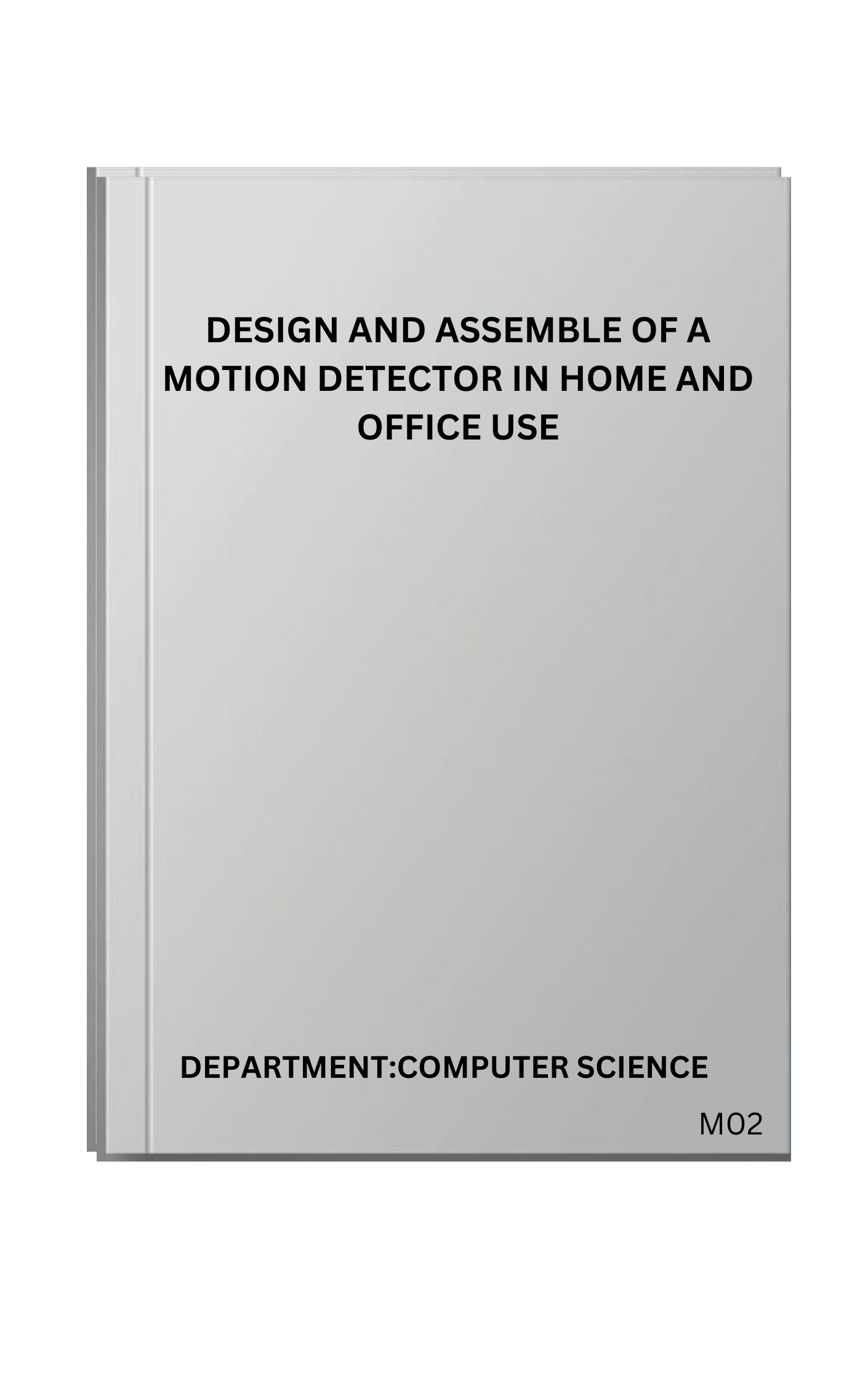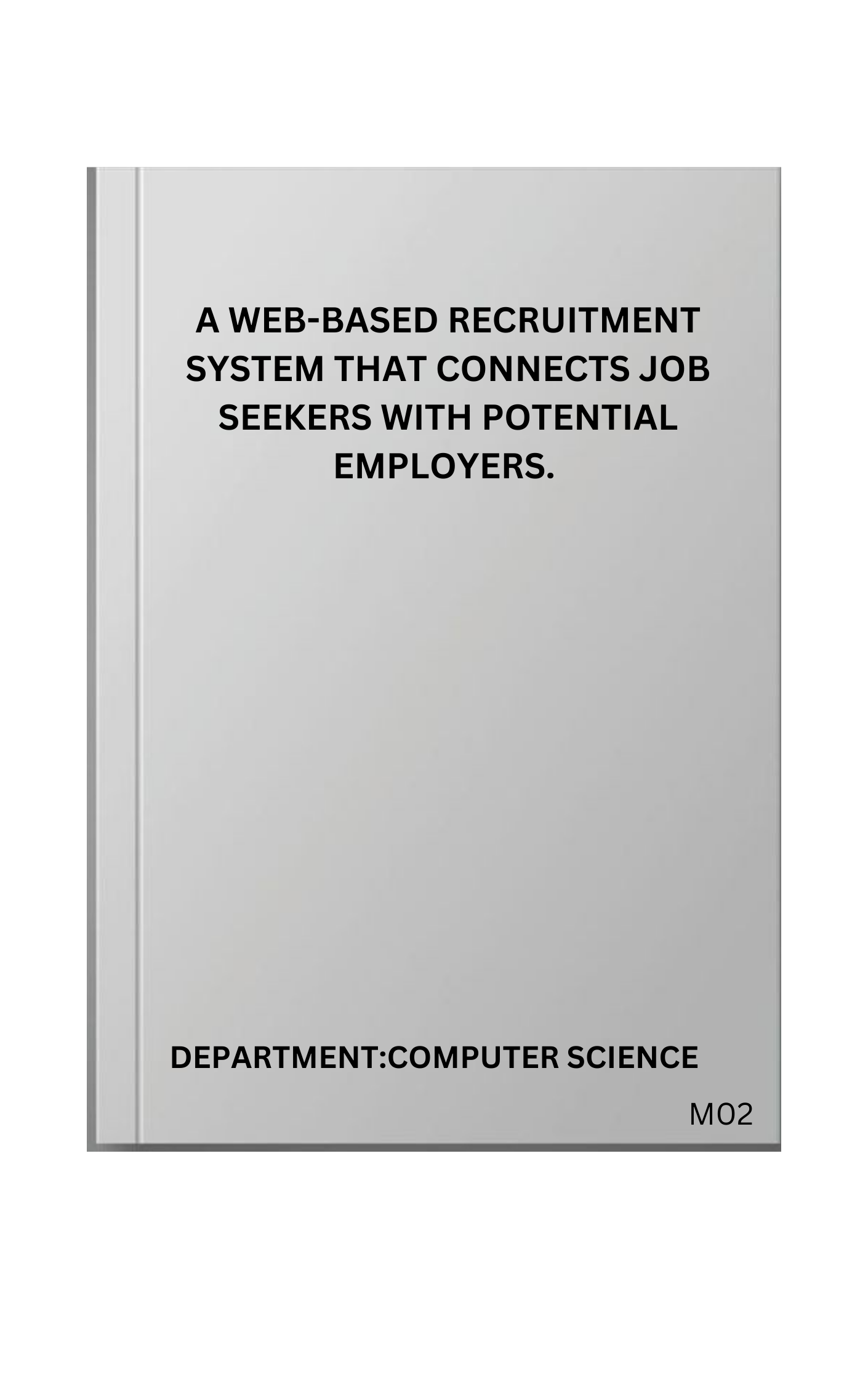CHAPTER ONE
INTRODUCTION
1.1 BACKGROUND OF STUDY
Formation evaluation is a critical process in petroleum engineering, aimed at understanding the properties and characteristics of subsurface rock formations. This evaluation is essential determining the presence of hydrocarbons, assessing their quantities, and making decisions about the viability of oil and gas production from a given reservoir (Mohammad, 2014).
Formation evaluation involves the analysis of data collected from subsurface formations to determine their ability to produce hydrocarbons. This process includes the assessment of porosity, permeability, fluid saturation, and other rock properties that influence the productivity of an oil or gas well. Effective formation evaluation allows petroleum engineers to estimate reserves, optimize well placement, and enhance recovery techniques.
Logging, in the context of formation evaluation, refers to the process of recording various physical, chemical, and structural properties of the rock formations penetrated by a borehole. Wireline logging is a common technique where a variety of sensors are lowered into the borehole on a cable (wireline) to collect continuous records of formation properties (Jurgen, 2015)
There are several methods of logging used in formation evaluation, including resistivity logging which measures the electrical resistivity of the formation. High resistivity typically indicates hydrocarbons, while low resistivity suggests the presence of water. Gamma-ray logging detects natural gamma radiation emitted by the rocks. This helps to differentiate between shale (which emits more gamma rays) and cleaner formations like sandstone and limestone. Neutron logging assesses hydrogen content in the formation, which correlates with the presence of fluids like oil, gas, or water. Density logging measures the bulk density of the formation using gamma rays. This method helps in determining porosity and lithology. Sonic logging evaluates the acoustic properties of the formation, providing information about porosity and mechanical properties of the rocks.
The tools used for wireline logging are sophisticated instruments designed to withstand the harsh conditions of the subsurface environment. Devices like the Dual Laterolog and Induction logs are used to measure resistivity at different depths. Instruments such as the Spectral Gamma-Ray Log provide detailed measurements of natural gamma radiation. Tools like the Compensated Neutron Log measure neutron porosity, which helps in identifying fluid-filled porosity. The Litho-Density Log measures formation density and helps to estimate porosity and lithology. The Full Waveform Sonic Log provides comprehensive data on the acoustic properties of the formation, aiding in the analysis of porosity and mechanical integrity.
Formation evaluation using wireline logging is a cornerstone of petroleum engineering, providing crucial data for making informed decisions about hydrocarbon exploration and production. The integration of various logging methods and advanced tools ensures a comprehensive understanding of subsurface formations, thereby enhancing the efficiency and success of petroleum extraction operations.
1.2 AIM OF STUDY
The aim of this study is to evaluate the subsurface geological formation of a given formation of the Ataga Well 7 using well log (De Geoid Field)
1.3 OBJECTIVES
To determine the lithology of the formation.
To identify the fluid present in the formation.
To delineate reservoir bed intervals
PAY TO GET COMPLETE PROJECT

